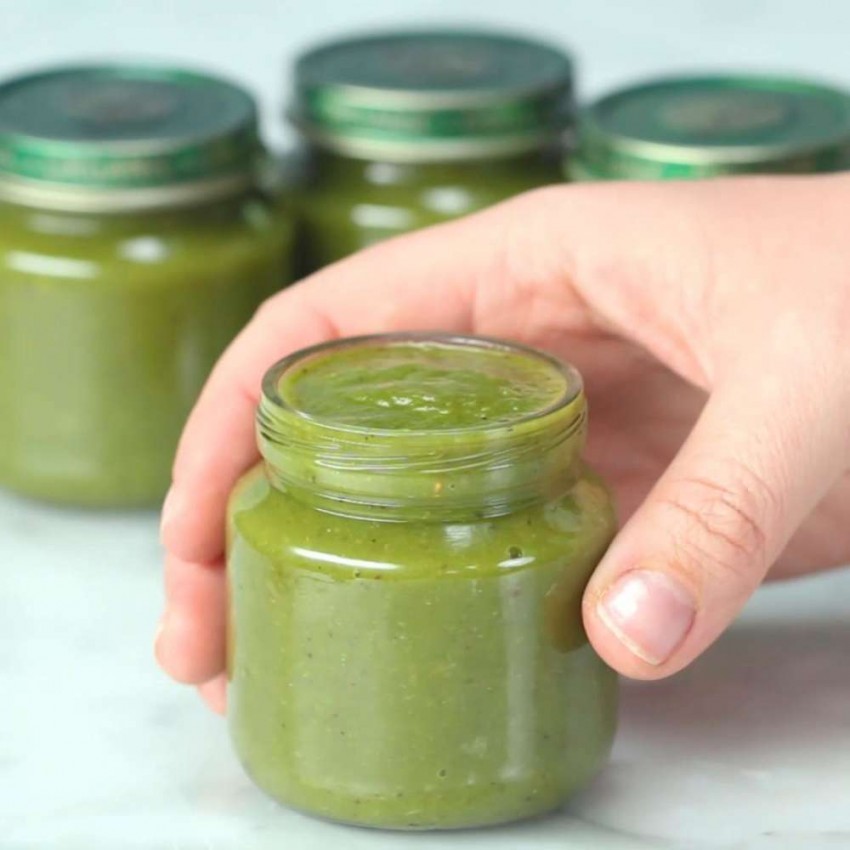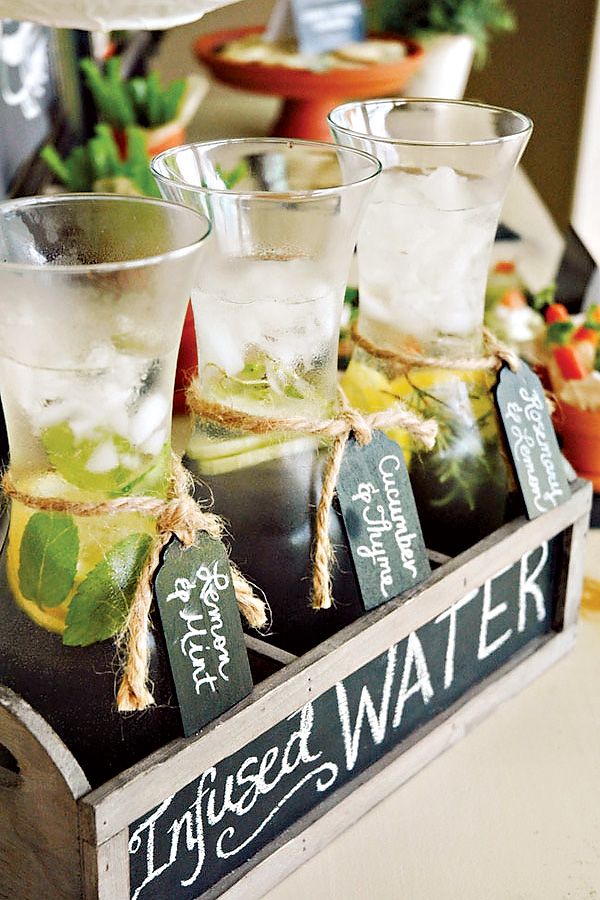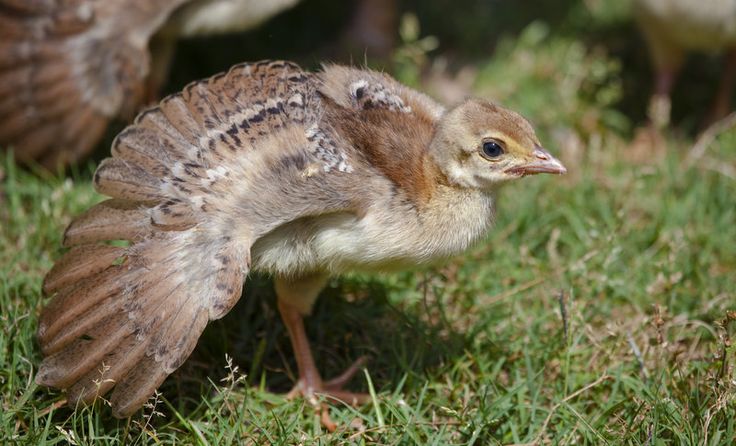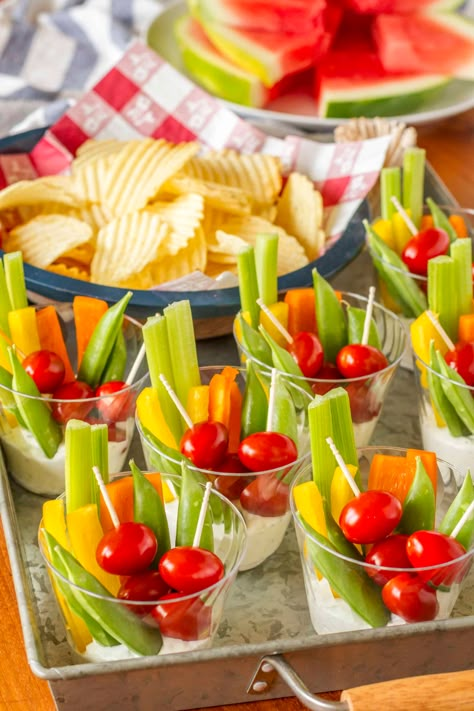Canned chickpeas baby food
Chickpeas for Babies (Baby Chickpea Puree Recipe)
Are chickpeas safe for babies? Yes, you can make pureed chickpeas for babies as part of baby led weaning. Learn when it is safe to introduce chickpea recipes for babies, and get a recipe for baby hummus! You’ll love this easy and healthy homemade baby food recipe that you can modify for the whole family to enjoy. This chickpea dip is naturally plant based, gluten free, vegetarian, and vegan.
Considering making chickpeas for baby? Chickpeas (AKA garbanzo beans or chana) are a great way to introduce some plant based protein, iron, and fiber into your baby’s diet.
This chickpeas baby food has a special little twist to help increase the amount of iron baby absorbs from the chickpeas. It’s important that babies are introduced to iron-rich foods soon after starting solids if they are breastfed.
According to the NIH, the iron is breastmilk is not sufficient for the needs of babies older than 6 months. Foods rich in iron, such as baby chickpeas, are important to help prevent iron deficiency anemia in babies and toddlers.
Do you like free things?
Get new recipe ideas weekly, our 5-Day Air Fryer Quick Start Guide, and more totally FREE exclusive goodies!
First Name Email
We won't send you spam. Unsubscribe at any time.
Some other iron-rich foods for babies include iron-fortified baby cereals and beef baby food. Some picky eaters are slow to accept meat, making the plant-based iron sources even more important. Chickpeas and other legumes are also some of the best whole food sources of protein for vegans and vegetarians.
Jump to:- ❓ When should you introduce chickpeas to babies?
- 🤔 Are chickpeas an allergen for babies?
- ⭐ Health Benefits of Chickpeas for Babies
- 🥘 Are canned chickpeas OK for babies?
- 🥣 What to Mix with Chickpeas for Babies
- 🔪 How to Prepare Canned Chickpeas for Baby
- 🌡️ How to Store Chickpea Puree
- 📋 Nutritional Value of Chickpeas
- 💭 Expert Tips from a Dietitian
- FAQs
- 👩🏻🍳 Other Baby Food Recipes
- The Disclaimer…
- 📖 Recipe
- 💬 Comments
❓
When should you introduce chickpeas to babies?At what age can babies eat chickpeas? Babies can try chickpea puree when they are old enough to eat solid foods and finger foods. This is generally at around age 6 months.
This is generally at around age 6 months.
That said, all children are different, and you should ask your pediatrician if you have any questions about your child’s diet. If you’re pureeing canned chickpeas, make sure to get the ones with no added salt.
When can babies eat whole chickpeas? Whole chickpeas may be a choking hazard, so you should mash chickpeas or puree them before giving to a baby. Toddlers may also enjoy chickpea patties (baby falafel).
🤔
Are chickpeas an allergen for babies?Chickpeas are not one of the nine most common food allergens. However, there appears to be a cross-reactivity between chickpeas and peas and lentils (source). That means baby may be more likely to have a negative reaction to chickpeas if there is a known pea or lentil allergy.
⭐ Health Benefits of Chickpeas for BabiesWhy make baby chickpeas? Here are some benefits of chickpeas for 1 year old (and a bit younger):
- Plant-Based Protein: Legumes like chickpeas are rich in protein, which is necessary for healthy growth and development of the bones and muscles.
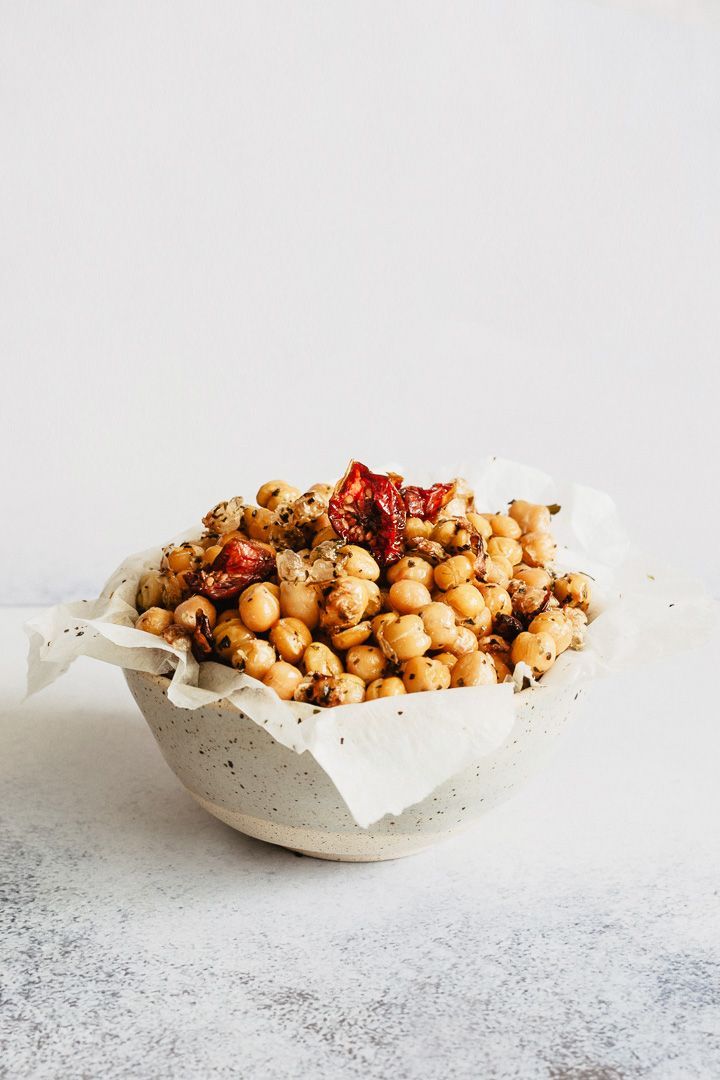 Vegan and vegetarian families especially should ensure everyone in the family gets legumes and other plant proteins in the diet.
Vegan and vegetarian families especially should ensure everyone in the family gets legumes and other plant proteins in the diet. - Iron: It’s generally recommended that one of baby’s first foods is an excellent source of iron to help prevent anemia. In this recipe, the vitamin C from the citrus juice helps improve the absorption of the non-heme iron in the chickpeas. In other words, baby gets an iron boost when you combine vitamin C and plant-based iron sources. Vitamin C also helps support healthy immunity!
- Fiber: Garbanzo beans are rich in fiber. Fiber is important for healthy digestion and a healthy heart.
- Introduce baby to new flavors: Introducing babies to a wide variety of flavors early may help them to expand their palate. They may be less likely to be picky eaters in later years as a result (though there are no guarantees). Why not make one of the first foods this delicious hummus for babies?
You can puree canned chickpeas for babies. However, I recommend the chickpeas have no added salt and are in BPA-free cans.
However, I recommend the chickpeas have no added salt and are in BPA-free cans.
It’s better to avoid added salt in baby’s food, so they don’t develop a lifelong preference for salty foods. The FDA has already banned the use of BPA in baby bottles and sippy cups. It makes sense to try and avoid BPA in the other food packaging of items fed to baby as well.
You can use dry chickpeas in this recipe if you pressure cook them to make them very soft. Make sure to remove any small stones or other debris from the dried chickpeas before you cook them. Don’t add salt or baking soda to them, just cooking them in water is perfect.
Dried beans tend to be cheaper but a little more work than canned beans. Choose the option that fits your budget and lifestyle best.
Do you have to cook chickpeas for babies?Canned chickpeas are already cooked, and do not need to be cooked again before eating. Dried chickpeas must be cooked before eating.
When baby starts solids, I think it’s smart to start with simple foods and recipes like this one. If baby has a negative reaction to a recipe, starting simply makes it easy to figure out which food was the issue. As baby is introduced to a wider array of foods, you can try more complex recipes.
🥣 What to Mix with Chickpeas for BabiesWhat goes well with chickpeas for babies? I’m adding citrus (fresh lemon juice or fresh orange juice) to this hummus for babies. Vitamin C foods help make the iron in chickpeas more available to the body.
Here’s a list of foods to add to chickpeas for babies. Cook the fruits and veggies first (except the avocado) to make them soft and easier to blend:
- Cauliflower
- Sweet potatoes
- Roasted red peppers
- Carrots
- Cooked apple (applesauce)
- Pear sauce
- Green beans
- Mashed banana
- Pumpkin puree
- Cooked squash
- Avocado
- Coconut milk
- Plain yogurt
Another fun idea I tried was roasted beetroot, which made the chickpeas a lovely pink-purple color.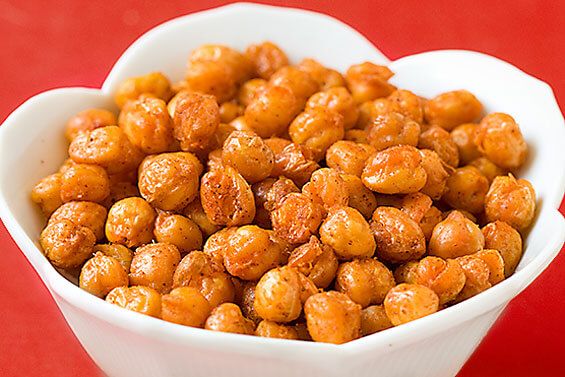
According to the AAP, you should not introduce beets to babies before age 3 months due to their high naturally occurring nitrate content. (They also say don't introduce complementary foods to babies before ages 4-6 months anyway.)
A word of caution- beets can change the color of what is left in baby’s diaper. If you don’t remember you gave your baby beets, the color change can be quite scary! Some may choose to hold off on the beets until baby is older, and that is ok.
🔪 How to Prepare Canned Chickpeas for BabyDrain a 15 ounce can of chickpeas (with no salt added) well. Place the chickpeas in a food processor or high-speed blender. Add 2 tablespoons of freshly squeezed lemon juice or orange juice.
If you’re making this whole batch for baby (you’ll need to freeze some) add ¼ cup water. Blend until smooth. You will have to stop the food processor several times, scraping down the sides with a spatula, to get a smooth puree.
Add additional water if needed.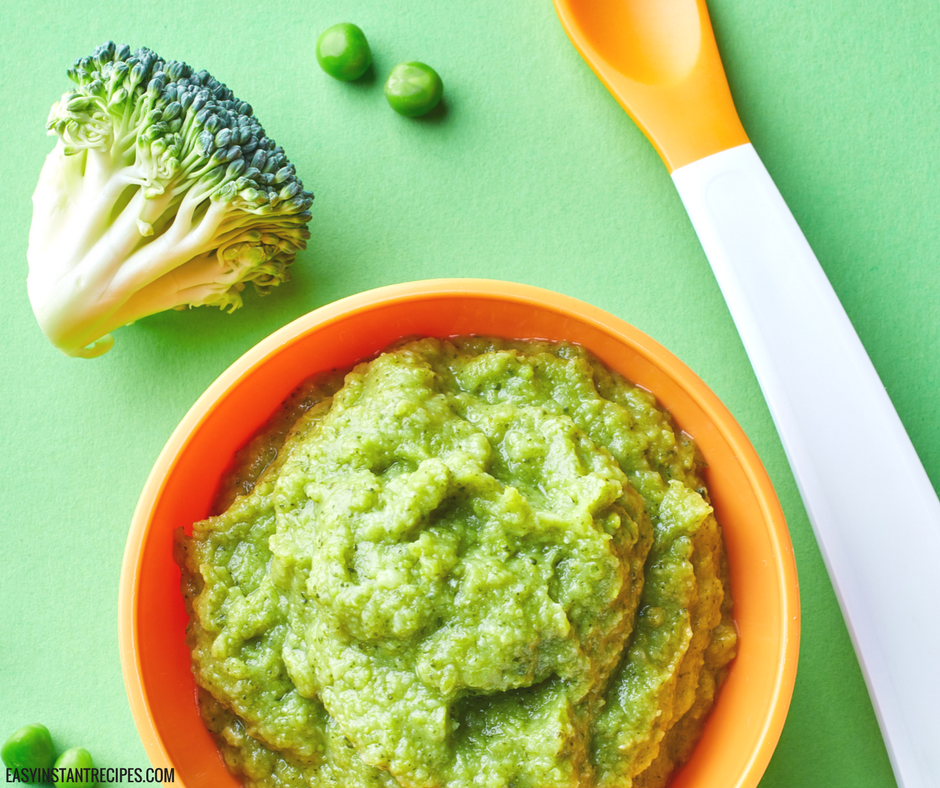 Don’t forget you can blend in additional cooked veggies if you wish!
Don’t forget you can blend in additional cooked veggies if you wish!
Leftover chickpea puree can be kept in a covered container in the fridge for 3-4 days. You can also freeze small portions of pureed chickpeas in ice cube trays. Pack the cubes in freezer bags with the air pressed out for longer term freezer storage.
📋 Nutritional Value of ChickpeasHere is the nutrition information for chickpeas (one half cup of boiled chickpeas, no salt). Nutrition information is for one adult serving of chickpeas per Cronometer. Babies new to solids will only try a small taste of chickpea puree.
- Calories: 134
- Total carbohydrates: 22 grams
- Fiber: 6 grams
- Net carbohydrates: 16 grams
- Added sugar: 0 grams
- Fat: 2 grams
- Saturated fat: 0 grams
- Cholesterol: 0 mg
- Protein: 7 grams
- Vitamin A: 0.
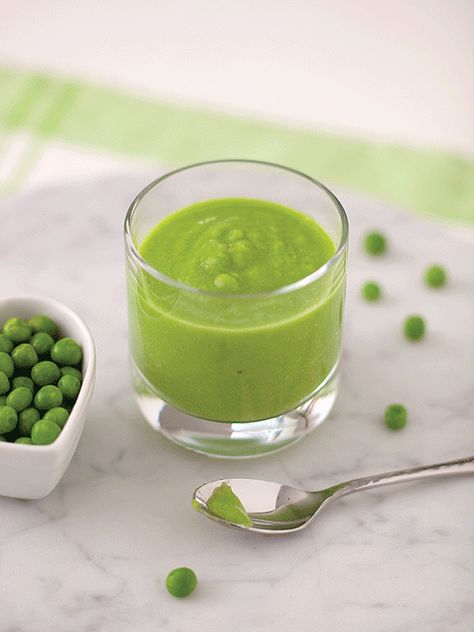 4% DV
4% DV - Thiamin: 6% DV
- Riboflavin: 3% DV
- Niacin: 2% DV
- Pantothenic acid: 2% DV
- Vitamin B6: 6% DV
- Folate: 35% DV
- Vitamin C: 1.8% DV
- Vitamin K: 4% DV
- Calcium: 4% DV
- Copper: 14% DV
- Iron: 13% DV
- Magnesium: 10% DV
- Manganese: 42% DV
- Phosphorus: 13% DV
- Potassium: 7% DV
- Selenium: 4% DV
- Zinc: 8% DV
Chickpeas are an excellent source of folate and manganese. Chickpeas are a good source of iron, copper, magnesium, and phosphorus.
💭 Expert Tips from a DietitianThis is a level 3 recipe (weight maintenance and active lifestyles). Are chickpeas good for babies? Yes, as long as you keep a few important points in mind.
Are chickpeas good for babies? Yes, as long as you keep a few important points in mind.
This baby hummus is packed with protein, fiber, and iron, and is a great option for baby. Just remember that it is never to be used as a nutritional replacement for baby formula or breastmilk.
This recipe is meant to be used as something fun for baby to taste after starting solids. It should not be the main source of nutrition in the diet.
For older members of the family, you can make hummus. Hummus is packed with energy-dense (AKA high calorie) ingredients such as tahini and olive oil.
If you’re an adult trying to maintain the calorie deficit needed for fat loss, I don’t think hummus is a great choice. That said, the relatively high calories and low volume servings in hummus makes it a great snack for growing children.
FAQsAre chickpeas gassy for babies?
Unfortunately, the oligosaccharides in chickpeas can cause some gassiness in babies.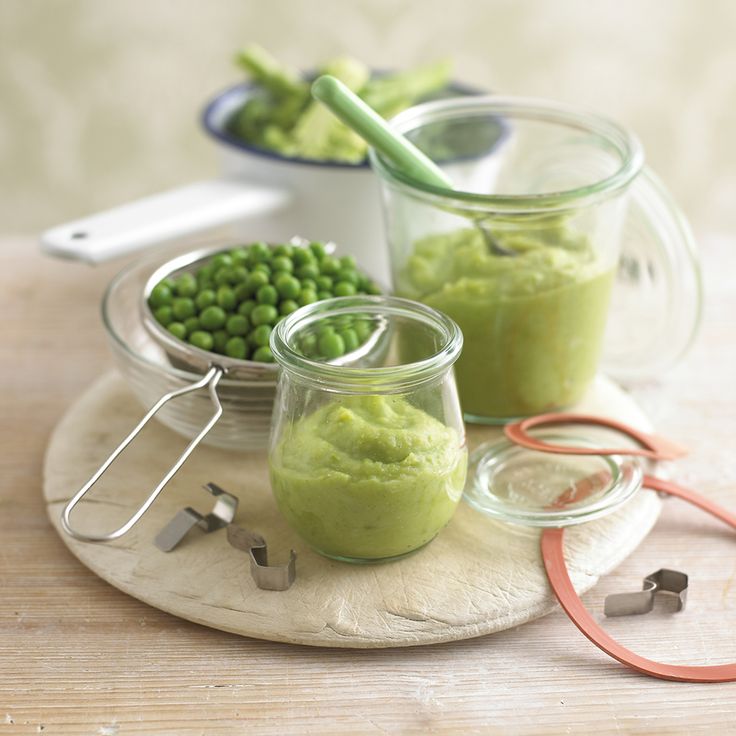 It’s smart to start with a small amount to see how your baby reacts; excessive consumption is not recommended! Soaking dried chickpeas, discarding the water, and using fresh water to cook them may help if they are causing discomfort.
It’s smart to start with a small amount to see how your baby reacts; excessive consumption is not recommended! Soaking dried chickpeas, discarding the water, and using fresh water to cook them may help if they are causing discomfort.
Are chickpeas constipating for babies?
The fiber in chickpeas tends to help alleviate constipation, not cause it. There are several things that can cause constipation, such as inadequate fluid intake and certain medications. If your baby is regularly having issues with constipation, it may be a good idea to check in with the pediatrician.
Can you use roasted chickpeas for babies?
Chickpeas can be a choking hazard for babies, so save the whole (hard) roasted chickpeas for older family members. They make a healthy snack at potlucks and playdates for older kids!
How to make black chickpeas for babies?
Make black chickpeas for baby by boiling or pressure cooking them in water until very soft.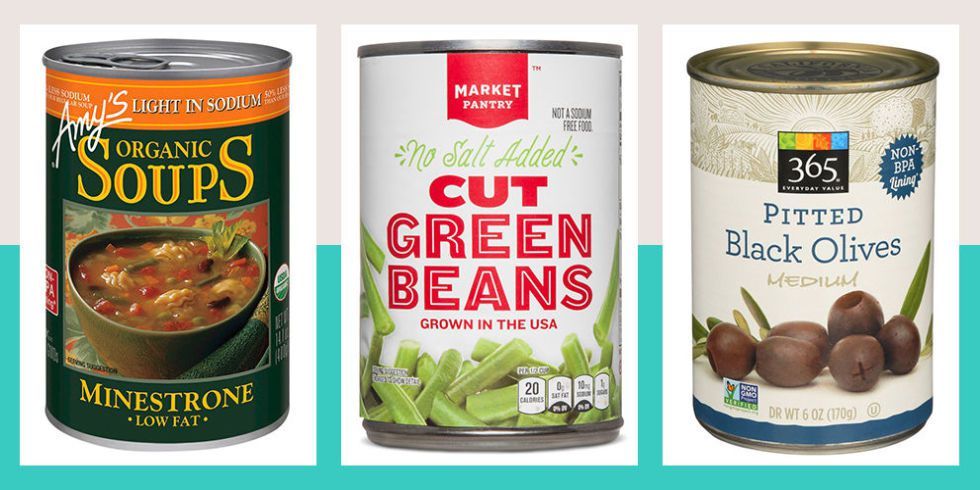 After they’ve been cooked, you can use them in the chickpea puree for babies recipe below.
After they’ve been cooked, you can use them in the chickpea puree for babies recipe below.
After making this chickpeas baby puree, here are some other recipes for baby food to try:
- Baby Vegetable Stock
- Bone Broth for Babies
- Instant Pot Almond Milk Yogurt (can also be made with dairy milk)
Join our community! Subscribe and be kept up-to-date on the latest and greatest recipes. You can also follow me on Pinterest, Twitter, Instagram, and YouTube!
The Disclaimer…All recipes on this website may or may not be appropriate for you, depending on your medical needs and personal preferences. Consult with a registered dietitian or your physician if you need help determining the dietary pattern that may be best for you.
Consult with a registered dietitian or your physician if you need help determining the dietary pattern that may be best for you.
The nutrition information is an estimate provided as a courtesy. It will differ depending on the specific brands and ingredients that you use. Calorie information on food labels may be wildly inaccurate, so please don't sweat the numbers too much.
For more information on how the three recipe levels may help with a weight management goal, refer to my overnight oats no sugar post. Let's get cooking!
📖 Recipe
Like this recipe?Leave a rating by clicking the ⭐ below!
Chickpeas for Babies (Baby Chickpea Puree Recipe)
Summer Yule
Are chickpeas safe for babies? Yes, you can make pureed chickpeas for babies as part of baby led weaning. It's like baby hummus!
5 from 3 votes
Print Recipe Pin RecipeCook Time 10 mins
Total Time 10 mins
Course Snack
Cuisine American, Middle Eastern
Servings 4
Calories 278 kcal
Food Processor
Juicer
Rubber Spatula
- 15 ounces chickpeas, no added salt (425 grams; from a can)
- 2 tablespoons orange juice, freshly squeezed (fresh lemon juice may also be used)
- ¼ cup water (or more, as needed)
Drain a 15 ounce can of no salt added chickpeas well.
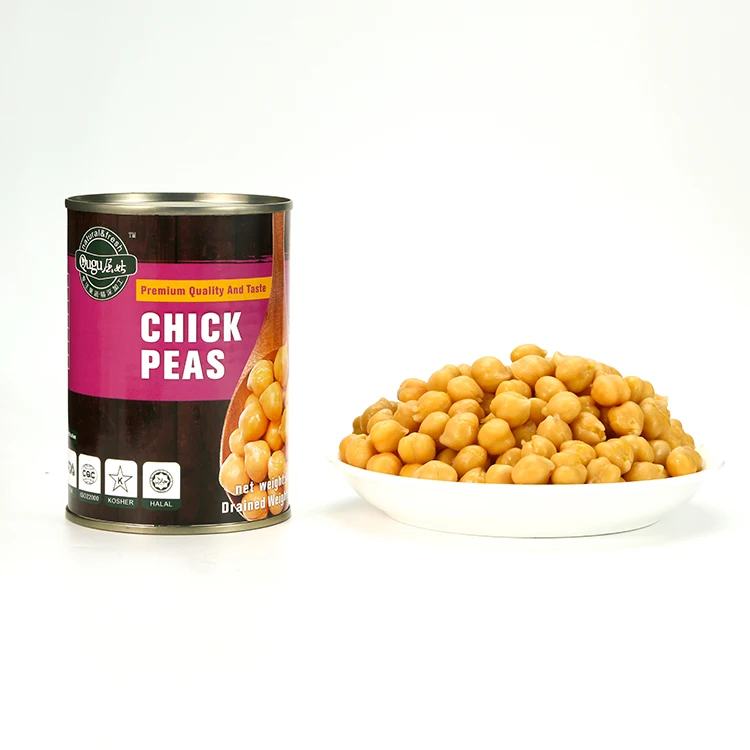 Place the chickpeas in a food processor or high-speed blender. Add 2 tablespoons of freshly squeezed orange or lemon juice.
Place the chickpeas in a food processor or high-speed blender. Add 2 tablespoons of freshly squeezed orange or lemon juice. If you’re making this whole batch for baby (you’ll need to freeze some) add ¼ cup water. Blend until completely smooth. You will have to stop the food processor several times, scraping down the sides with a spatula, to get a smooth puree.
Add additional water if needed. You can also blend in additional cooked veggies if you wish!
This is a level 3 recipe (weight maintenance and active lifestyles). Are chickpeas good for babies? Yes, as long as you keep a few important points in mind.
This baby hummus is packed with protein, fiber, and iron, and is a great option for baby. Just remember that it is never to be used as a nutritional replacement for baby formula or breastmilk.
This recipe is meant to be used as something fun for baby to taste after starting solids.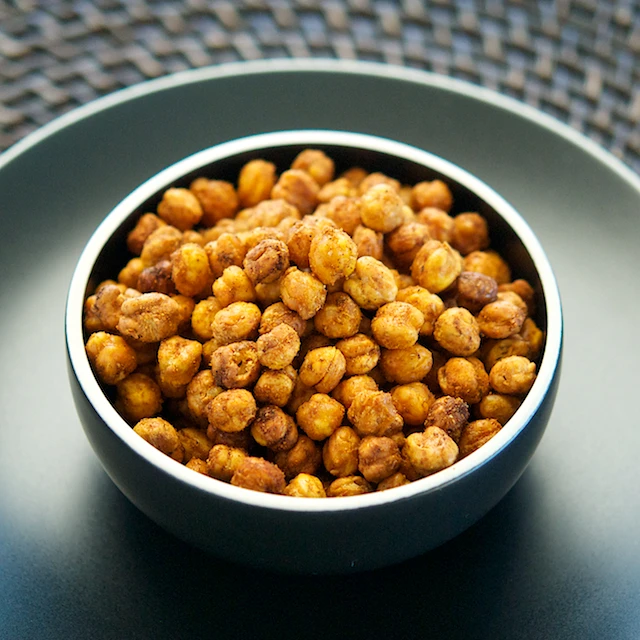 It should not be the main source of nutrition in the diet.
It should not be the main source of nutrition in the diet.
For older members of the family, you can make hummus. Hummus is packed with energy-dense (AKA high calorie) ingredients such as tahini and olive oil.
If you’re an adult trying to maintain the calorie deficit needed for fat loss, I don’t think hummus is a great choice. That said, the relatively high calories and low volume servings in hummus makes it a great snack for growing children.
Chickpeas for the Family (Hummus)
- 15 ounces canned chickpeas with no added salt (425 grams)
- 2 tablespoons orange juice, freshly squeezed
- 1 clove garlic, finely chopped
- 1 tablespoon tahini
- 5 tablespoons olive oil, divided
- 1 small beet, peeled and chopped (6 ounces/170 grams after peeling)
- ½ teaspoon orange zest
- salt and pepper, to taste
Peel the beet and chop into ¾-inch pieces (1.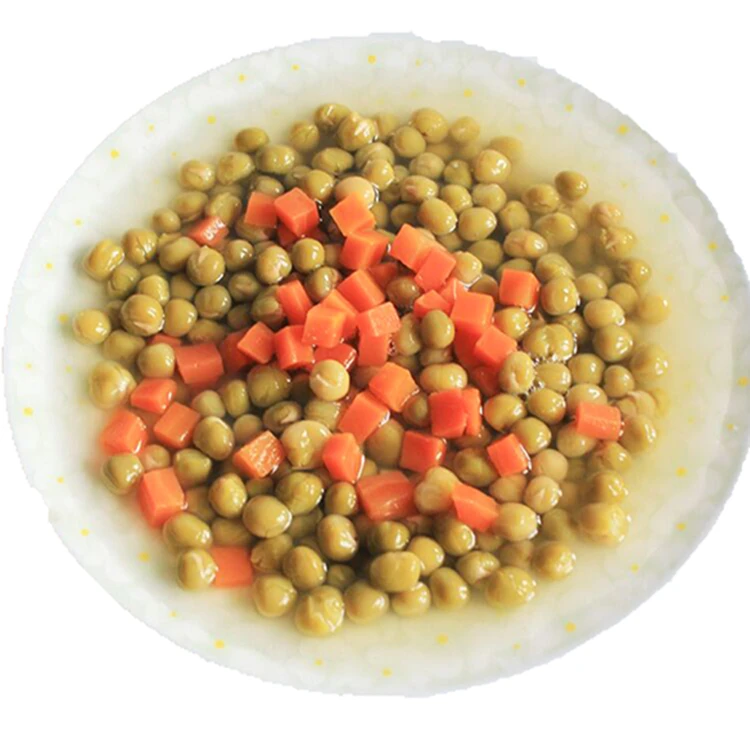 9 cm). Drizzle with 1 tablespoon olive oil and roast in an oven preheated to 400F (200C) for 50-55 minutes. Roast on a rack ⅓ down from the top of the oven, and stir the beets after 30 minutes.
9 cm). Drizzle with 1 tablespoon olive oil and roast in an oven preheated to 400F (200C) for 50-55 minutes. Roast on a rack ⅓ down from the top of the oven, and stir the beets after 30 minutes.
Drain the chickpeas well and add to a food processor with the orange juice. Blend until completely smooth. Remove baby’s portion from the food processor (thin with water as needed).
If you only took a small spoonful out for baby, you can continue with the recipe as written. If you removed a large portion, you may need to halve or quarter the recipe.
Add the roasted beet, garlic, tahini, orange zest, salt, and pepper to the food processor. Turn the processor on and drizzle the remaining 4 tablespoons of olive oil in. Blend the hummus until smooth, stopping the processor several times to scrape down ingredients sticking to the sides with a spatula.
For older family members, this hummus is tasty with crackers or raw vegetable sticks for dipping.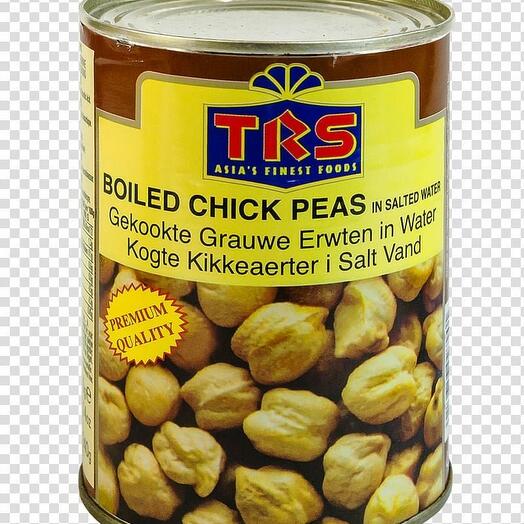 Enjoy!
Enjoy!
Nutrition information is for one adult-size serving of hummus (¼ of the “chickpeas for the family” recipe). Babies should just have a small taste of chickpea puree. The nutrition information for chickpeas is listed in the article above.
Calories: 278kcalCarbohydrates: 20.2gProtein: 7.2gFat: 20.5gSaturated Fat: 2.8gPotassium: 59.5mgFiber: 4.5gVitamin A: 0.1% DVVitamin C: 11.6% DVCalcium: 5.6% DVIron: 10.2% DV
Keywords baby chickpea puree, baby chickpeas, baby chickpeas recipe, baby hummus, baby hummus recipe, chickpeas babies, chickpeas baby, chickpeas for babies, chickpeas for baby, pureed chickpeas
Prefer to watch instead of read?Check out my cooking channel!
Chickpeas for Babies - First Foods for Baby
When can babies eat chickpeas?
Chickpeas, when modified to reduce the risk of choking, may be introduced as soon as baby is ready to start solids, which is generally around 6 months of age.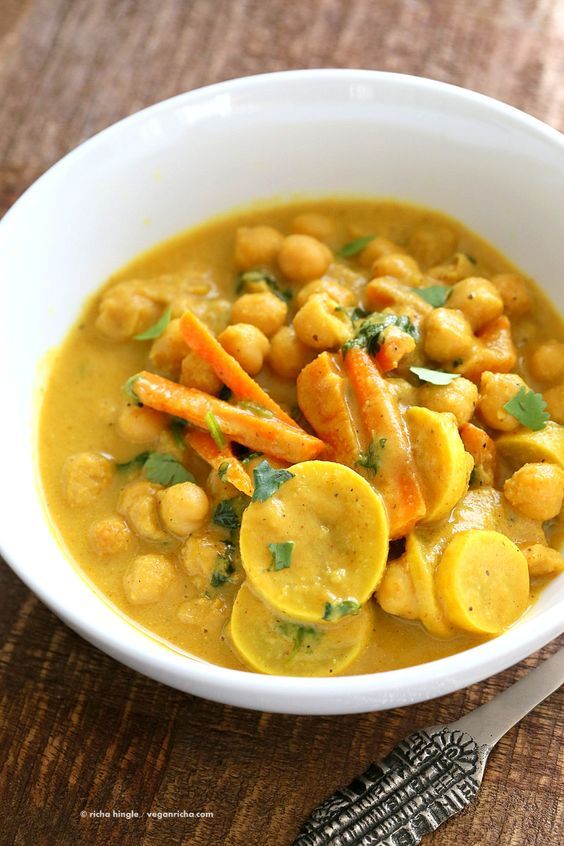
Warning
Whole chickpeas present a potential choking hazard for babies, so read on for how to serve them safely for baby’s specific age.
Where do chickpeas come from?
Chickpeas originated in the lands around the Mediterranean Sea in ancient times, and today they are a staple food for cultures around the world. The popular legume goes by countless names: bengal grams, ceci beans, chana, desi chana, garbanzo beans, kadale kaalu, nokhod, sanaga pappu, and shimbra, to name a few. Color, shape, and size also varies, but the Kabuli and Desi varieties are the most widely available worldwide. Chickpeas are not only popular in dishes in their whole form, but also essential for cooked dishes and hummus, used in baking as chickpea flour, and the liquid from canned chickpeas (aquafaba) has even become a common egg substitute.
Are chickpeas healthy for babies?
Yes. Chickpeas are an incredibly nutritious legume, rich in protein, carbohydrates, and fiber, high in the key nutrients that babies need to thrive, including folate, iron, vitamin B6, choline, and zinc. Collectively, these nutrients support baby’s neurodevelopment, metabolism, growth, as well as taste and smell perception.
Chickpeas are an incredibly nutritious legume, rich in protein, carbohydrates, and fiber, high in the key nutrients that babies need to thrive, including folate, iron, vitamin B6, choline, and zinc. Collectively, these nutrients support baby’s neurodevelopment, metabolism, growth, as well as taste and smell perception.
★Tip: Vitamin C helps increase the body’s absorption of iron from plant sources, so serve chickpeas with other foods that are high in vitamin C, such as asparagus, bell pepper, cauliflower, or peas.
Are chickpeas a common choking hazard for babies?
Yes. Whole chickpeas are a choking hazard due to their small size and rounded shape especially when raw or undercooked. To reduce the choking risk, cook until soft, mash or blend cooked chickpeas, or flatten each one between your fingers. As always, make sure you create a safe eating environment and stay within an arm’s reach of baby during meals. For more information on choking, visit our sections on gagging and choking and familiarize yourself with the list of common choking hazards.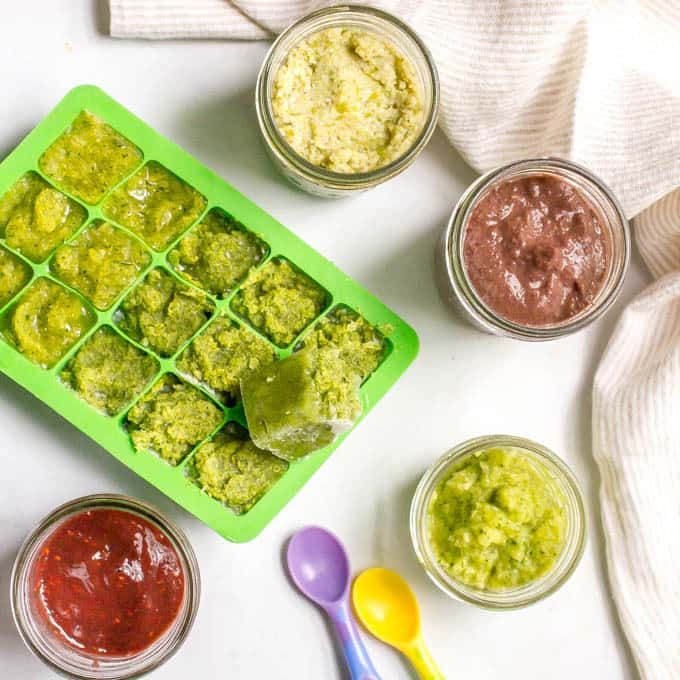
Are chickpeas a common allergen?
While not considered a common allergen in the United States, chickpeas are a common allergen in India and Spain.1 2 Reactions can occasionally be severe and in some cases have been reported to be triggered by exercise.3 Some individuals who are allergic to chickpea experience asthma symptoms after inhaling the vapors from steamed chickpeas.4
Note that hummus, which is made from blended chickpeas, usually contains sesame (a common allergen) in the form of tahini, a sesame seed paste. Many individuals who experience symptoms of allergy after hummus consumption falsely attribute them to its chickpea content, when sesame is the more common food allergen.
Being allergic to one type of legume does not necessarily mean that an individual will be allergic to all others, although the risk of more than one legume allergy can increase.5 Chickpea allergies have been reported in some patients with allergies to other legumes.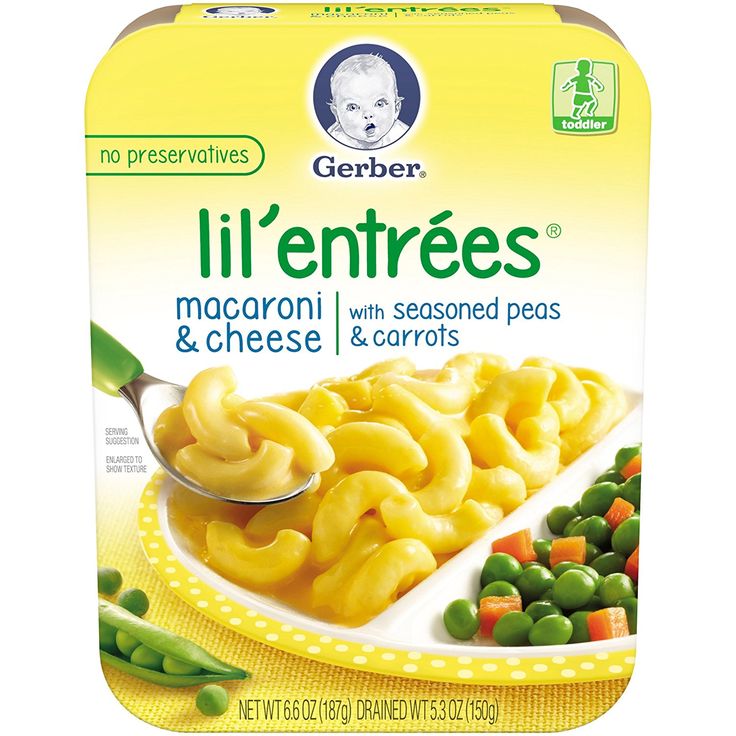 In particular, allergies to chickpeas and lentils may coexist.6
In particular, allergies to chickpeas and lentils may coexist.6
Individuals with allergies to birch or plane tree pollen and/or Oral Allergy Syndrome (also called pollen-food allergy syndrome) may be sensitive to legumes such as chickpeas.7 8 9 Oral Allergy Syndrome typically results in short-lived itching, tingling, or burning in the mouth and is unlikely to result in a dangerous reaction.
As with all new foods, start by introducing a small amount of chickpeas for the first few servings and watch closely. If there is no adverse reaction, gradually increase the serving size over future meals.
Are the lectins in chickpeas safe for babies?
Yes. Often called anti-nutrients, these naturally-occurring plant compounds (including lectins, oxalates, and phytates) break down during the soaking and cooking process and are generally harmless in healthy people when consumed as part of a balanced diet.10 11 12 Lectins and oxalates can even offer health benefits, such as antioxidant and anti-cancer properties.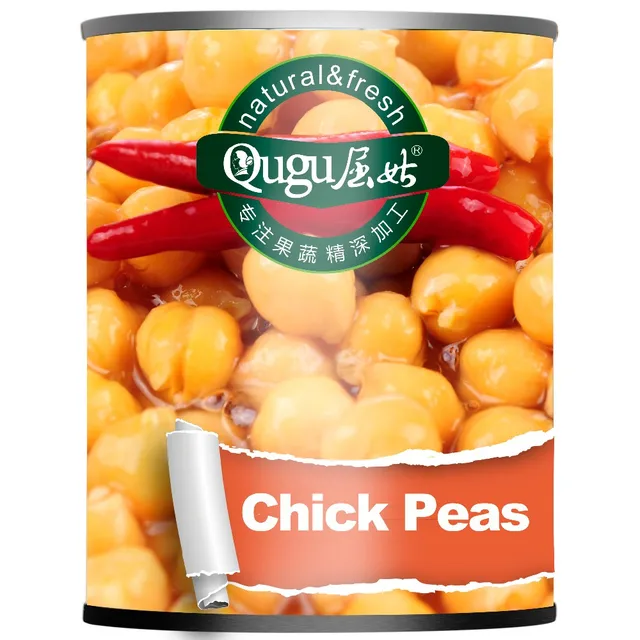 13 14
13 14
Do chickpeas need to be soaked before cooking?
No, although soaking dried chickpeas can reduce cooking time and ensure that they are cooked all the way through, while also reducing the levels of lectins and a gas-producing carbohydrate, raffinose.15 16
Here are a couple of common soaking methods:
- Overnight soak: Use a ratio of 1 lb (454 g) of dried beans and 10 c (2 ½ liter) water, and soak the beans in water for 4 or more hours or overnight. Drain and rinse the beans prior to cooking.
- Hot soak method: Use a ratio of 1 lb (454 g) of dried beans and 10 c (2 ½ liter) water, and bring the mixture to a boil for 2-3 minutes. Turn off the heat, then soak for a few hours. Drain and rinse the beans prior to cooking.
★Tip: Cooking dried chickpeas and finding they won’t soften? It’s possible they are past their prime. While chickpeas are shelf stable for a couple of years, chickpeas that are more recently packed will cook more fully and easily than older ones.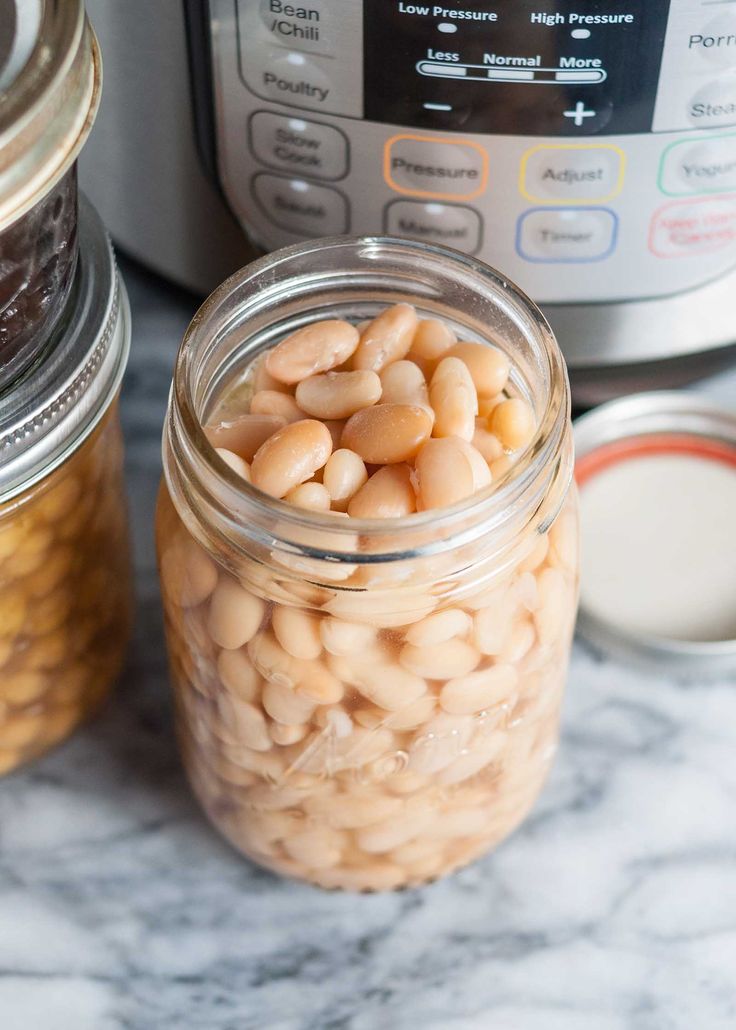
Can chickpeas help babies poop?
Yes. Chickpeas have high amounts of fiber and resistant starch, which interact with certain bacteria in the gut, resulting in gas, moving poop along, and contributing to the diversity of healthy bacteria in the digestive tract.17 While gas is normal and expected, excess gas can be uncomfortable for baby. To minimize digestive discomfort, introduce high-fiber foods like chickpeas gradually and regularly in baby’s diet as tolerated.18 Remember that pooping patterns can vary significantly from baby to baby. If you have concerns about your baby’s pooping and digestive function, talk to your pediatric healthcare provider.
How do you prepare chickpeas for babies with baby-led weaning?
Every baby develops on their own timeline, and the suggestions on how to cut or prepare particular foods are generalizations for a broad audience. Your child is an individual and may have needs or considerations beyond generally accepted practices.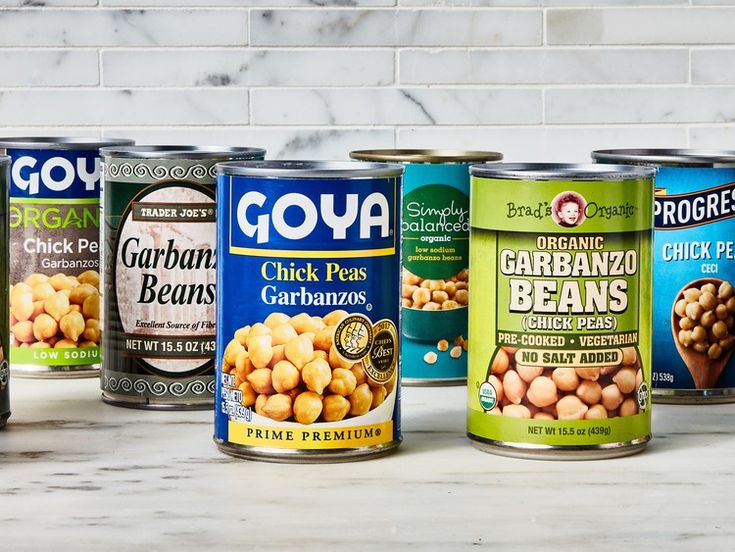 In determining the recommendations for size and shape of foods, we use the best available scientific information regarding gross, fine, and oral motor development to minimize choking risk. The preparation suggestions we offer are for informational purposes only and are not a substitute for child-specific, one-on-one advice from your pediatric medical or health professional or provider. It is impossible to fully eliminate all risk of a baby or child choking on any liquid, puree, or food. We advise you to follow all safety protocols we suggest to create a safe eating environment and to make educated choices for your child regarding their specific needs. Never disregard professional medical advice or delay in seeking it because of something you have read or seen here.
In determining the recommendations for size and shape of foods, we use the best available scientific information regarding gross, fine, and oral motor development to minimize choking risk. The preparation suggestions we offer are for informational purposes only and are not a substitute for child-specific, one-on-one advice from your pediatric medical or health professional or provider. It is impossible to fully eliminate all risk of a baby or child choking on any liquid, puree, or food. We advise you to follow all safety protocols we suggest to create a safe eating environment and to make educated choices for your child regarding their specific needs. Never disregard professional medical advice or delay in seeking it because of something you have read or seen here.
6 to 8 months old: Smash or blend cooked chickpeas into a textured mash or paste and serve in a bowl for baby to scoop. You can also offer hummus, just make sure that sesame has been ruled out as an allergen if the hummus contains sesame. When purchasing store-bought hummus, look for low-sodium options (less than 100 mg per serving). Alternatively, use chickpea flour to make dosa, idli, or pancakes to share with baby. The thin skin on each chickpea is not a choking hazard, but it can cause some gagging if it sticks in baby’s mouth, so feel free to remove them or leave them on.
When purchasing store-bought hummus, look for low-sodium options (less than 100 mg per serving). Alternatively, use chickpea flour to make dosa, idli, or pancakes to share with baby. The thin skin on each chickpea is not a choking hazard, but it can cause some gagging if it sticks in baby’s mouth, so feel free to remove them or leave them on.
9 to 11 months old: Babies with a developing pincer grasp (where the thumb meets the pointer finger) may graduate to chickpeas that are fully cooked until soft and flattened with your thumb or fork to minimize the risk of choking. Alternatively, tear dosa, idli, or pancakes made with chickpea flour into bite-sized pieces and let baby practice picking them up. You can also continue to offer hummus or mashed chickpeas.
12 to 24 months old: Continue to serve flattened chickpeas, and try flattening them a little less as your child’s eating skills mature and your comfort increases. At this age, many toddlers are also ready to eat whole chickpeas that are fully cooked until soft.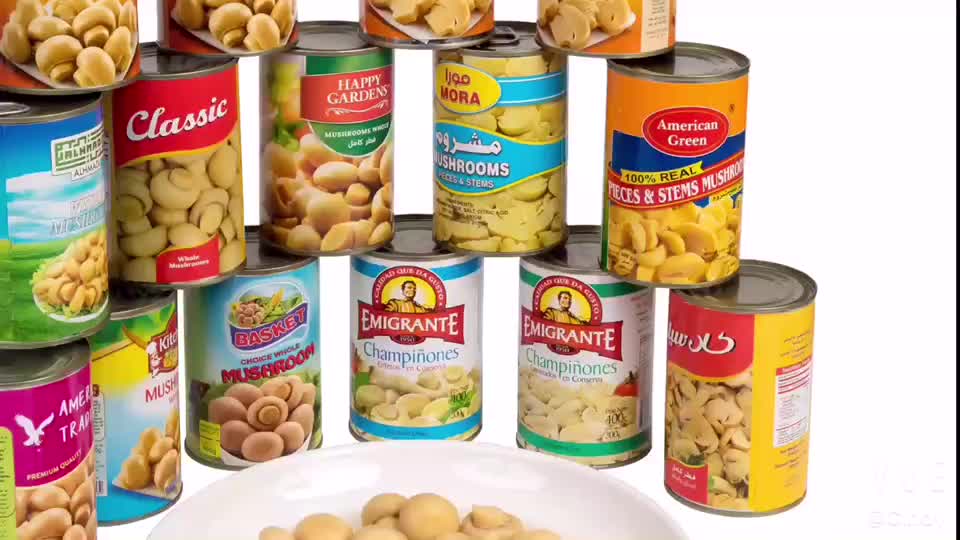 Before you offer one, assess the child’s eating ability. If you see the child consistently chewing well and not stuffing their mouth, and you feel comfortable, try offering a whole chickpea in a safe eating environment. Make sure to offer one at a time at first, model how to crush the chickpea with your teeth, and stay within arm’s each of the child.
Before you offer one, assess the child’s eating ability. If you see the child consistently chewing well and not stuffing their mouth, and you feel comfortable, try offering a whole chickpea in a safe eating environment. Make sure to offer one at a time at first, model how to crush the chickpea with your teeth, and stay within arm’s each of the child.
Get baby’s caregivers on the same page as you with our guide, Baby-led Weaning with Daycare & Caregivers.
Recipe: Sesame-Free Hummus
Yield: 2 c (480 ml)
Cook Time: 15 minutes
Age: 6 months+
Ingredients
- 1 15-oz (425-g) can chickpeas
- 1 lemon
- 1 garlic clove
- 2 tbsp (30 ml) olive oil
- 1 tsp (2 g) ground cumin (optional)
Directions
- Open the can and rinse the chickpeas to remove excess sodium.
- Wash, dry, zest, and juice the lemon.
- Smash and peel the garlic.
- Blend the chickpeas, lemon zest, lemon juice, garlic, and oil in a high-powered food processor or blender.
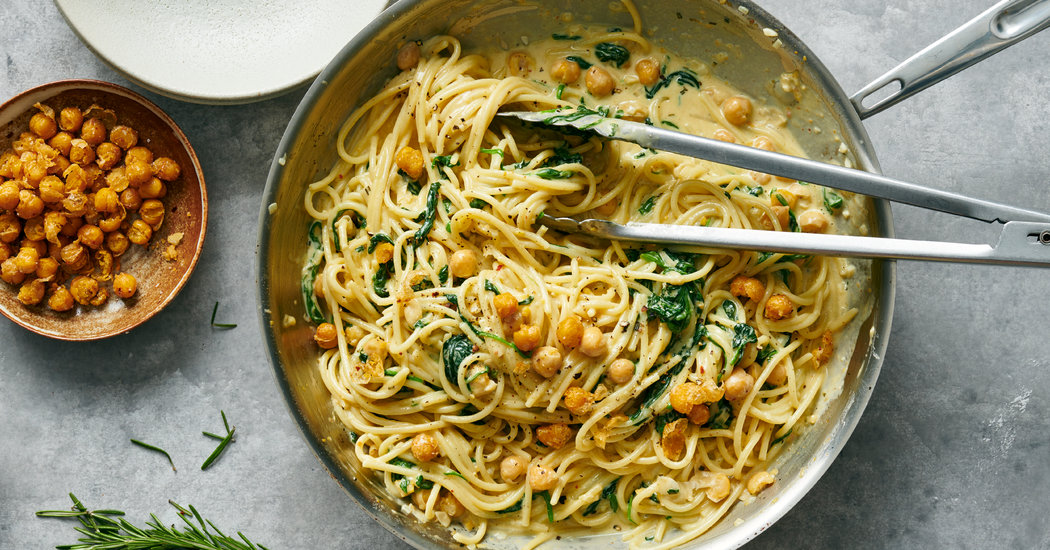 If you do not have one, you can make a more textured hummus by mashing the ingredients together in a large mixing bowl.
If you do not have one, you can make a more textured hummus by mashing the ingredients together in a large mixing bowl. - Season the hummus with cumin or any spice that you want baby to learn to love.
- Serve the hummus with foods for dipping, such as bell pepper spears, toasted bread, or whole green beans.
Serve the Hummus
- Offer hummus to baby, then let the child self-feed.
- If help is needed, swipe a baby spoon or another food in the hummus, then hold it in the air in front of baby and let the child grab it from you.
- Eat some hummus alongside baby to model how it’s done.
To Store: Sesame-Free Hummus keeps in an airtight container in the refrigerator for 3 days or in the freezer for 2 months.
Flavor Pairings
Chickpeas pair well with the flavors of carrots, cinnamon, garlic, ginger, bell pepper, and sweet potato.
Reviewed by
V. Kalami, MNSP, RD, CSP. Board-Certified Pediatric Dietitian and Nutritionist
Board-Certified Pediatric Dietitian and Nutritionist
K. Tatiana Maldonado, MS, CCC-SLP, CBIS, CLEC. Pediatric Feeding Therapist
K. Grenawitzke, OTD, OTR/L, SCFES, IBCLC, CNT. Pediatric Feeding Therapist
Dr. S. Bajowala, MD, FAAAAI. Board-Certified Allergist & Immunologist (allergy section)
Dr. R. Ruiz, MD, FAAP. Board-Certified General Pediatrician & Pediatric Gastroenterologist
- Martínez San Ireneo, M., Ibáñez, MD., Fernández-Caldas, E., Carnés, J. (2008). In vitro and in vivo cross-reactivity studies of legume allergy in a Mediterranean population. International Archives of Allergy and Immunology, 147(3), 222‐230. doi:10.1159/000142045 Retrieved September 23, 2022
- Patil, SP., Niphadkar, PV., Bapat, MM. (2001). Chickpea: a major food allergen in the Indian subcontinent and its clinical and immunochemical correlation. Annals of Allergy, Asthma & Immunology, 87(2), 140‐145. doi:10.1016/S1081-1206(10)62209-0 Retrieved September 23, 2022
- Wong CG, Mace SR.
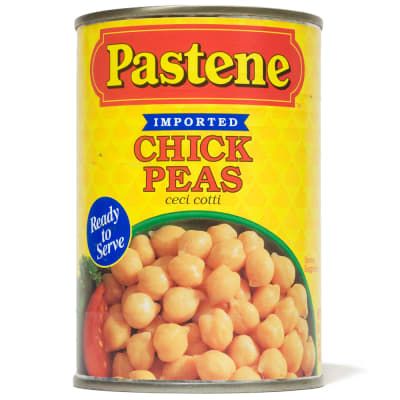 Food-dependent exercise-induced anaphylaxis: a case related to chickpea ingestion and review. Allergy Asthma Clin Immunol. 2007 Dec 15;3(4):134-7. doi: 10.1186/1710-1492-3-4-134. Epub 2007 Dec 15. PMID: 20525119. Retrieved September 23, 2022
Food-dependent exercise-induced anaphylaxis: a case related to chickpea ingestion and review. Allergy Asthma Clin Immunol. 2007 Dec 15;3(4):134-7. doi: 10.1186/1710-1492-3-4-134. Epub 2007 Dec 15. PMID: 20525119. Retrieved September 23, 2022 - García Ortiz JC, López-Asunsolo A, Cosmes P, Duran AM. Bronchial asthma induced by hypersensitivity to legumes. Allergol Immunopathol (Madr). 1995 Jan-Feb;23(1):38-40. Retrieved September 23, 2022
- Chan, E.S., Greenhawt, M.J., Fleischer, D.M., Caubet, J. C. (2019). Managing Cross-Reactivity in Those with Peanut Allergy. The journal of allergy and clinical immunology. In practice, 7(2), 381–386. DOI: 10.1016/j.jaip.2018.11.012. Retrieved September 23, 2022
- Cox, A. L., Eigenmann, P. A., & Sicherer, S. H. (2021). Clinical Relevance of Cross-Reactivity in Food Allergy. The journal of allergy and clinical immunology. In practice, 9(1), 82–99. DOI: 10.1016/j.jaip.2020.09.030. Retrieved September 23, 2022
- Kashyap, R.R., Kashyap, R.
 S. (2015). Oral Allergy Syndrome: An Update for Stomatologists. Journal of allergy, 2015, 543928. DOI:10.1155/2015/543928. Retrieved September 23, 2022
S. (2015). Oral Allergy Syndrome: An Update for Stomatologists. Journal of allergy, 2015, 543928. DOI:10.1155/2015/543928. Retrieved September 23, 2022 - National Health Service. Oral allergy syndrome. Retrieved September 23, 2022
- Cox, A. L., Eigenmann, P. A., & Sicherer, S. H. (2021). Clinical Relevance of Cross-Reactivity in Food Allergy. The journal of allergy and clinical immunology. In practice, 9(1), 82–99. DOI: 10.1016/j.jaip.2020.09.030. Retrieved September 23, 2022
- Singh, B., Singh, J. P., Shevkani, K., Singh, N., & Kaur, A. (2017). Bioactive constituents in pulses and their health benefits. Journal of food science and technology, 54(4), 858–870. DOI: 10.1007/s13197-016-2391-9. Retrieved September 16, 2022
- Deol, J. K., Bains, K. (2010). Effect of household cooking methods on nutritional and anti nutritional factors in green cowpea (Vigna unguiculata) pods. Journal of food science and technology, 47(5), 579–581. DOI:10.1007/s13197-010-0112-3.
 Retrieved September 19, 2022
Retrieved September 19, 2022 - Chitra, U., Singh, U., Rao, P.V. (1996). Phytic acid, in vitro protein digestibility, dietary fiber, and minerals of pulses as influenced by processing methods. Plant foods for human nutrition (Dordrecht, Netherlands), 49(4), 307–316. DOI:10.1007/BF01091980. Retrieved August 4, 2022
- Grases, F., Costa-Bauza, A., Prieto, R.M. (2006). Renal lithiasis and nutrition. Nutrition journal, 5, 23. DOI:10.1186/1475-2891-5-23. Retrieved August 4, 2022
- Harvard T.H. Chan School of Public Health. Are Anti-Nutrients Harmful? Retrieved August 4, 2022
- Queiroz Kda S, de Oliveira AC, Helbig E, Reis SM, Carraro F. Soaking the common bean in a domestic preparation reduced the contents of raffinose-type oligosaccharides but did not interfere with nutritive value. J Nutr Sci Vitaminol (Tokyo). 2002 Aug;48(4):283-9. doi: 10.3177/jnsv.48.283. Retrieved September 16, 2022
- Fabbri, A.D.T., Crosby, G.A. (2016). A review of the impact of preparation and cooking on the nutritional quality of vegetables and legumes.
 International Journal of Gastronomy and Food Science. 3; 2-11. Retrieved September 16, 2022
International Journal of Gastronomy and Food Science. 3; 2-11. Retrieved September 16, 2022 - Singh, B., Singh, J. P., Shevkani, K., Singh, N., & Kaur, A. (2017). Bioactive constituents in pulses and their health benefits. Journal of food science and technology, 54(4), 858–870. DOI: 10.1007/s13197-016-2391-9. Retrieved September 16, 2022
- Quagliani, D., & Felt-Gunderson, P. (2016). Closing America’s Fiber Intake Gap: Communication Strategies From a Food and Fiber Summit. American journal of lifestyle medicine, 11(1), 80–85. DOI: 10.1177/1559827615588079. Retrieved September 16, 2022
Peas complementary foods - Encyclopedia Baby food
Levchuk Victoria © peasPeas in complementary foods are necessary for a small child. For diversity and health. Strictly speaking, green peas are not a vegetable. It is part of the legume family, it is a plant that produces pods with seeds inside. Lentils, chickpeas, beans, and peanuts are also legumes.
However, green peas are usually cooked and sold as vegetables.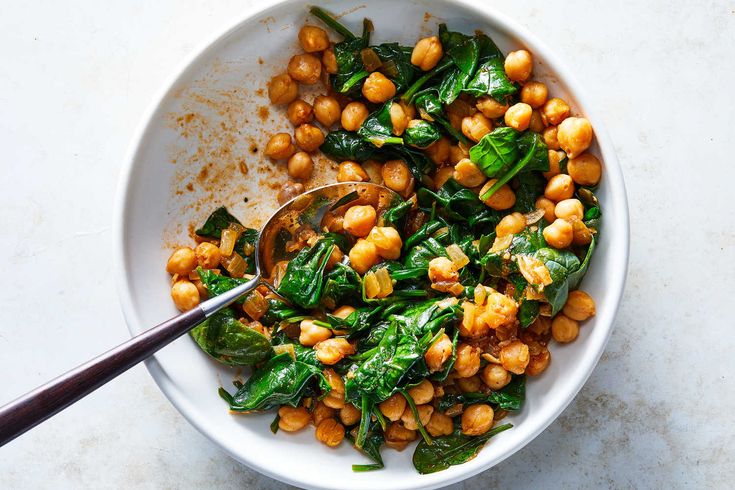 You can find it frozen, fresh or canned.
You can find it frozen, fresh or canned.
The nutritional value of peas is amazing considering the small size of the peas. Did you know that one cup of peas contains more protein than a tablespoon of peanut butter, as well as calcium, vitamins A and C, and iron. These wonderful little vegetables are a great first green food for a baby as they are both nutritious and delicious.
Types of peas
Contents:
Since childhood I know that peas can be different. There are sweet varieties that are grown for salad or just to eat, and there are varieties that are good to dry and eat in the winter.
Peas are one of the earliest spring ripening crops that can be used in all kinds of culinary dishes.
Peas are fairly easy to grow. The hardest part of growing peas is choosing which variety to grow. There are basically three types of peas: sugar, shelling and brain peas. There are also fodder varieties , but we will not discuss them here. Each goes by several names, which makes the choice even more confusing. But it is important for us to know their differences.
Each goes by several names, which makes the choice even more confusing. But it is important for us to know their differences.
Sugar variety is the sweetest and is eaten fresh with the pod.
green peas for childrenPeeling variety is used for conservation, long-term storage, it makes delicious soup in winter. Brain peas are always canned.
Pea season from the beginning of June to July, depends on the strip of Russia. In our south, children can already buy from mid-May.
History of peas
green peasWhen exactly peas were first discovered remains a mystery, however, there are many assumptions. For example, the first appearance of the pea is thought to have been in Central Asia, especially in Burma and Thailand or Afghanistan, the eastern edge of the Mediterranean basin, and the mountain ranges and plateaus of Ethiopia.
Fossilized pea pods found in Switzerland date back to 10,000 years ago. In the 3rd century BC, Theophrastus mentions peas that were sown in the later winter. Pea cultivation is believed to have spread to India, China and Europe in the 2nd millennium BC. Roman legionaries harvested wild peas to supplement their diet in the 1st century BC.
In the 3rd century BC, Theophrastus mentions peas that were sown in the later winter. Pea cultivation is believed to have spread to India, China and Europe in the 2nd millennium BC. Roman legionaries harvested wild peas to supplement their diet in the 1st century BC.
Peas were brought to North America by Christopher Columbus in 1942, where they were quickly adopted by Native Americans. During the Middle Ages, peas were a stable food that kept hunger at bay, and during the early modern era in Europe, unripe fresh peas were prized as a gourmet meal.
Peas became famous in Russia only in the 18th century. It was grown throughout Russia, both in the fields and in the gardens.
Green peas “walked” along the roads of Russia, because they were planted along the roads so that travelers could eat. In Russia, about 200 million cans are canned a year, probably because of the Olivier salad.
Benefits of peas
peas baby food Compared to vegetables like carrots, peas have higher protein levels.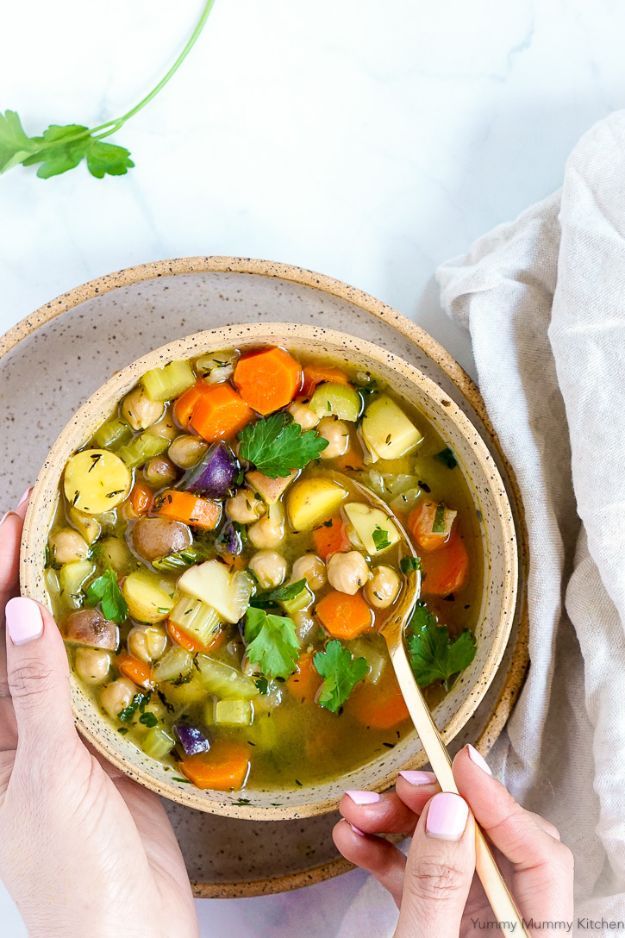 In addition, Pea is a good source of dietary fiber, vitamin A, iron, folate, thiamine, vitamin C and manganese. It also has a high level of vitamin K. One of the health benefits of green peas is blood sugar control.
In addition, Pea is a good source of dietary fiber, vitamin A, iron, folate, thiamine, vitamin C and manganese. It also has a high level of vitamin K. One of the health benefits of green peas is blood sugar control.
Peas also contain a unique range of health-promoting phytonutrients. One of these phytonutrients, a polyphenol called coumestrol, has recently come to the fore in research to protect against stomach cancer. A study in Mexico City found that daily consumption of green peas, along with other legumes, reduced the risk of stomach cancer, especially when the daily intake of coumestrol from these legumes was approximately 2 milligrams or more. Since one cup of green peas contains at least 10 milligrams of coumestrol, it will not be difficult for us to get these wonderful health benefits.
Don't forget the unique phytonutrients in green peas that provide us with key antioxidant and anti-inflammatory properties. Some researchers are now suggesting that the link between consumption of green peas and legumes and a reduced risk of type 2 diabetes may be due not only to the relatively low glycemic index of green peas (around 45-50), fiber or protein in the composition, but also to unusual combination of antioxidants and anti-inflammatory phytonutrients.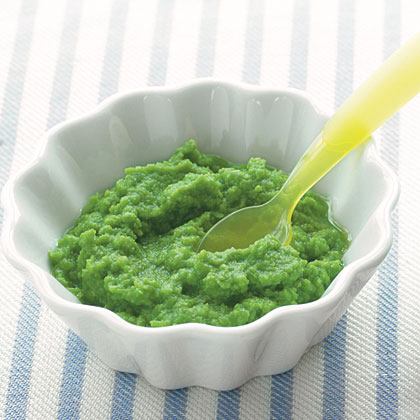
minerals and vitamins peas
peas for childrenGreen peas stand out as an organic food. Agricultural research has shown that planting peas can provide important benefits to the soil. First, peas belong to a category of crops called "nitrogen-fixing" crops. With the help of bacteria in the soil, peas and other crops can extract nitrogen gas from the air and convert it into more complex and usable forms. This process increases the nitrogen content of the soil without the need to add fertilizer. Peas also have a relatively shallow root system that can help prevent soil erosion, and once the peas are harvested, plant debris tends to break down relatively easily to enrich the soil. Finally, crop rotation of peas with other crops has been shown to reduce the risk of pest problems.
Complementary Peas Although Green Peas are extremely low fat foods (approximately one-third of a gram of fat per cup), the type of fat and fat-soluble nutrients they contain is impressive.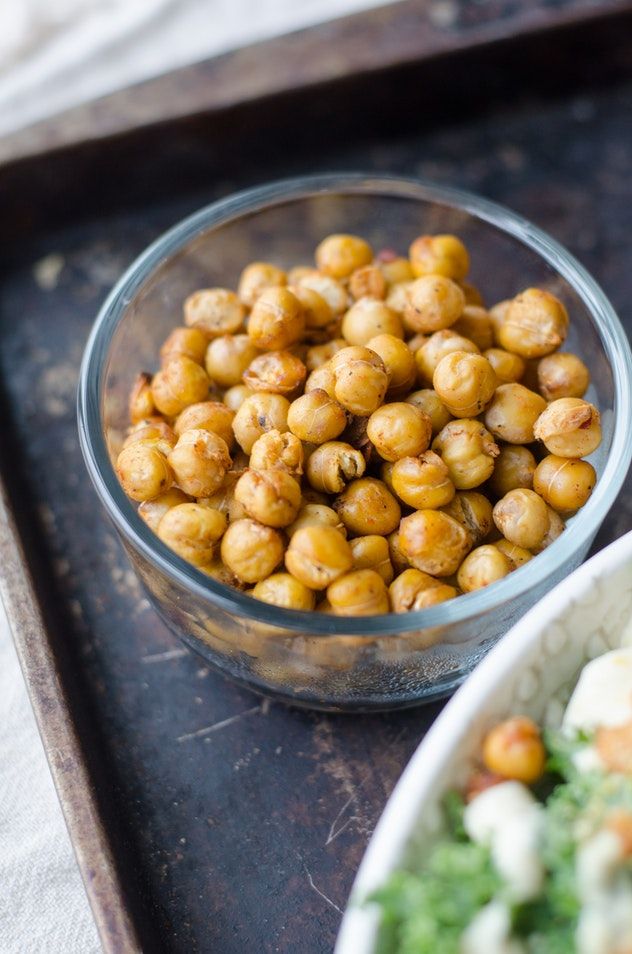 Recent studies have shown that green peas are a reliable source of omega-3 fats in the form of alpha-linolenic acid (ALA).
Recent studies have shown that green peas are a reliable source of omega-3 fats in the form of alpha-linolenic acid (ALA).
One cup of green peas contains approximately 30 mg of ALA. About 130 mg of the essential omega-6 fatty acid, linoleic acid, can also be found in a cup of green peas. This very low but high-quality fat content helps us get important fat-soluble nutrients from this legume, including significant amounts of beta-carotene and small but valuable amounts of vitamin E.
So let's not neglect green peas in summer and dry peas in winter. In the diet of children, this is a very useful product.
peas for childrenGreen peas cannot be a first food because they cause discomfort and gas. Russian pediatricians advise introducing green peas to children after 10-12 months, and American pediatricians - after 8 months.
Beans should not be given more than 2 times a week.
Dishes from mature peas can only be given after 2 years of age in soups.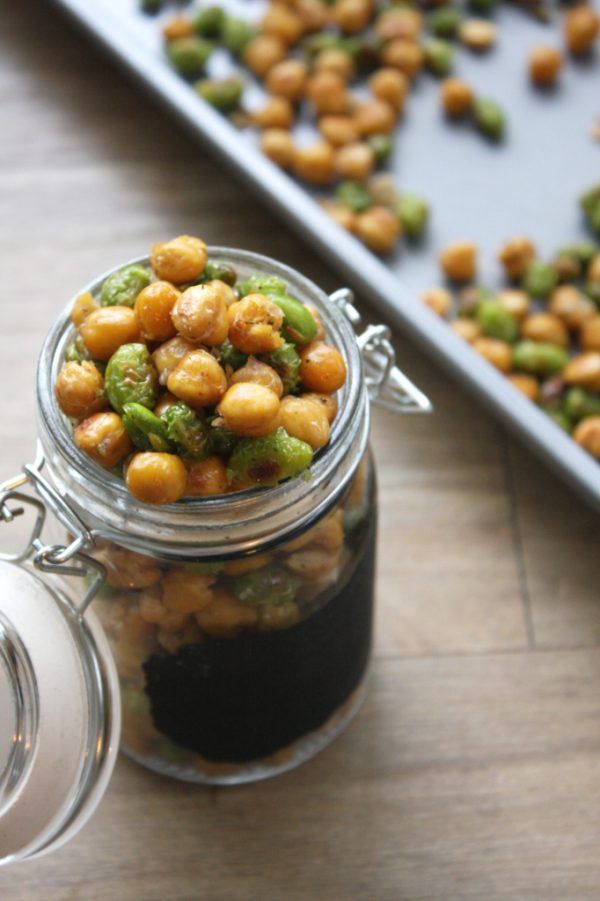 Canned peas can be given after 3 years. A portion of the first complementary foods is not more than 30-50 grams, if the child has digestive problems, then let the portion be smaller so that the body gets used to it faster.
Canned peas can be given after 3 years. A portion of the first complementary foods is not more than 30-50 grams, if the child has digestive problems, then let the portion be smaller so that the body gets used to it faster.
Children under 2-3 years old can eat green peas up to 80 grams. Mature grains are given in an amount of not more than 100 grams after 3 years.
Fresh peas can be offered from 2-2.5 years old, only young sweet varieties.
Green peas are considered a hypoallergenic product, so they can be safely given to a child.
green peas complementary foods
pea pureeThere is an opinion of doctors that it is better to give green peas up to 12 months so that the body learns to digest it, because it will be more difficult to do it later.
The first feeding with green peas comes in the form of mashed potatoes, which are boiled until cooked and rubbed through a sieve, so it is better absorbed.
Ruth Yaron's Super Nutrition for Your Baby states that whole green peas are dangerous for children under three years of age and should be given mashed, ie. crush with a regular fork. I usually just crush them with my fingers before giving them to a child. But we eat it instead of popcorn, so this way, I peel off the green shell, squeeze it with my fingers and give it, this is enough for a two-year-old child so that he does not choke.
crush with a regular fork. I usually just crush them with my fingers before giving them to a child. But we eat it instead of popcorn, so this way, I peel off the green shell, squeeze it with my fingers and give it, this is enough for a two-year-old child so that he does not choke.
Pea soup with smoked meats is best introduced to a child at the age of 5.
peas complementary food
Allergy to green peas and peas
pea soupPeas come in several varieties, but green and yellow peas are the most commonly consumed. Pea allergy exists but is not very common. In most cases, pea allergies in children are due to cross-reactivity between peas and other legumes. It is also important to cancel that green peas are considered hypoallergenic , but mature peas are already included in the middle group of allergenic products .
Children may be allergic to peas, especially if they have had an allergic reaction to other legumes.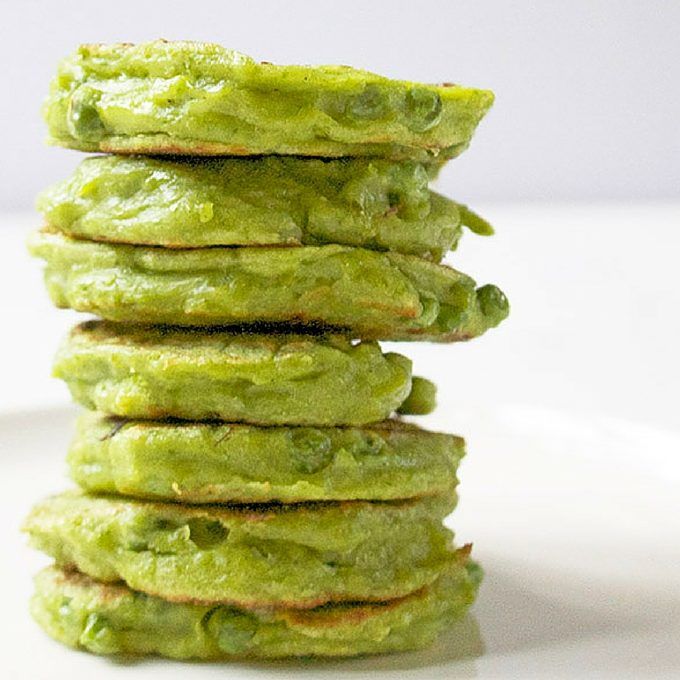 Legumes is a family of products that includes peas, chickpeas, peanuts, beans and lentils, etc.
Legumes is a family of products that includes peas, chickpeas, peanuts, beans and lentils, etc.
There is a high degree of cross-reactivity between lentils, chickpeas and peas. In addition, pea allergy can also occur due to IgE-mediated (antibody-mediated) cross-reactivity between peas and peanuts.
pea soupA child's body can react to such allergens in peas as isoflavone reductase, globulin, glutelin, vikilin, vivilin. And most importantly, these allergens are resistant to heat and chemical treatment.
Cases of reactions to the inhalation of vapors from cooking peas have been observed. Cases of allergies to boiled peas have also been reported, but no allergies to green peas have been found in these patients.
There is a chance for a child to become allergic to peas over a period of time, especially if the portion is too large. But before giving peas to a child, it is recommended to consult a doctor and always adhere to the 4-7 day waiting rule when peas are introduced into complementary foods or any other food in the diet. It is better to give less than more.
It is better to give less than more.
Pea allergy symptoms vary among children. Some symptoms may be mild, while others may be severe. Mild symptoms include rashes, hives, itching in the mouth, throat, lips or entire face, stomach cramps, vomiting and coughing, etc.
Severe symptoms include shortness of breath, shortness of breath and rapid heart rate, anaphylactic shock which can cause choking and severe breathing difficulties.
It is best to seek medical attention regardless of mild or severe allergy symptoms. Timely action will help to avoid complications, as well as help in diagnosis and treatment.
How to give green peas to children?
For the first feeding green peas should be boiled in clean water. Beat with a blender and give in the form of pea puree. Babies love bright green puree because of its sweet taste and smooth texture. Depending on how much your child eats, you can store the puree in small bags, ice cube trays, or in a zip-lock freezer bag.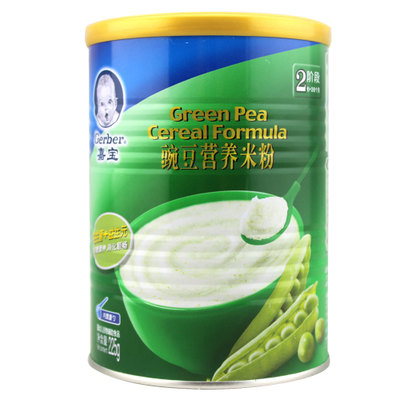 Up to 2 years, it is better to give the child only in the form of baby puree. Either neat or mixed with other vegetables.
Up to 2 years, it is better to give the child only in the form of baby puree. Either neat or mixed with other vegetables.
Why love pea puree?
green peas for children- Versatility: Ideal as a first bean puree for children and as an addition to a range of dishes. It is worth trying to serve peas with fish, seafood, chicken or use as a sauce.
- A sensory explosion: pea puree hits all the senses, from delicious taste, fresh aroma to bright green color.
- Quick and easy to prepare : Prepare a gentle puree in less than ten minutes.
- Available all year round : Using frozen peas means the family can enjoy this puree no matter the season.
- Freezing : frozen peas are ideal, either pureed or as peas.
How to select and store peas
Only about 5% of grown peas are sold fresh. The rest are either frozen, or canned, or dry.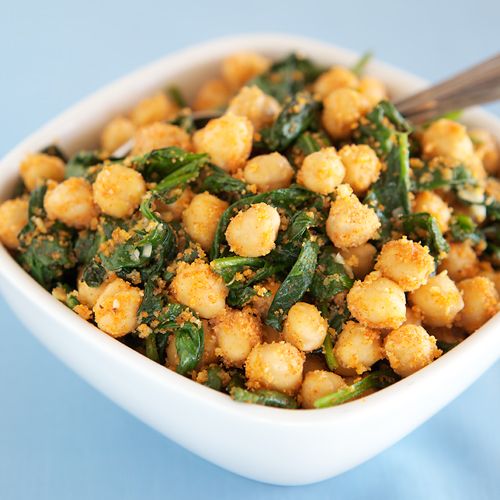
When purchasing fresh green peas , we are looking for strong pods, velvety and smooth. Their color should be a lively medium green. Those whose green color is particularly light or dark, or yellow, whitish or mottled grey, should be avoided. Also, don't choose pods that are swollen, soaked in water, or have mold residue. The pods should contain peas of sufficient quantity and size so that they do not have a lot of empty space. It is enough to shake the pod to understand whether it is empty or full. All varieties of fresh peas should be stored in the refrigerator, as the heat will speed up the formation of sugar in the starch.
Unwashed peas stored in the refrigerator in a bag or unsealed container will keep for several days. Peas are not stored in a pod for a long time, so if you bought a lot, then it is better to peel them and store green peas separately in the refrigerator for up to 5 days or in the freezer for up to 6-12 months.
Unlike round pea pods, sweet pea pods are flat. Choose the smaller size as they tend to be sweeter.
To check the quality of peas, just open one of them and make sure that it is fresh. They should be bright green in color, firm and plump.
Dry peas must be stored in a dry, dark place, preferably in glass. If peas are bought by weight, then we look at the peas themselves so that they are the same color, dry, without mold and dampness, without pests. You can store about 12-24 months, depending on the variety of peas.
Pesticides and peas
Peas in Russia are classified as products with a low pesticide index, apparently because they are relatively easy to grow in any of our territories, they are not whimsical, there is water and sun, they will be happy.
But in 2019, Rospotrebnadzor identified a pesticide, the herbicide 2,4-D acid, in the Mistral brand of peas. Hope they fixed it.
Of course, it is better for children to buy an organic product that is grown without pesticides and nitrates.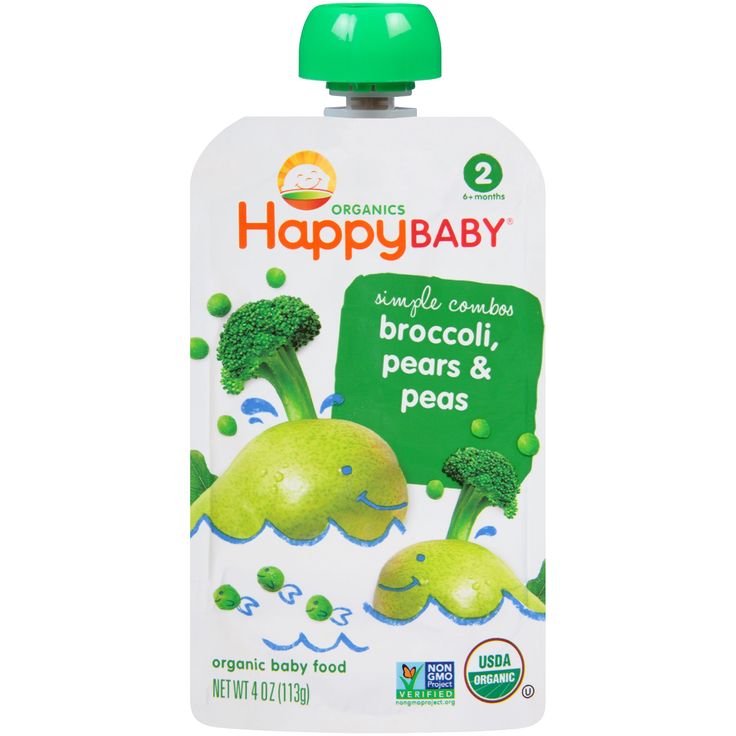
complementary food peas
Contraindications
Peas are a difficult product to digest, which complicates the work of the child's gastrointestinal tract. Therefore, if children suffer from colitis or enteritis, then you should refrain from the early introduction of peas into complementary foods and consult a doctor. Also, peas can increase gas formation, which will lead to abdominal pain. With frequent diarrhea or constipation, it is also not advisable to give peas in large portions. Green peas are not recommended for kidney disease. Boiled peas also contribute to an increase in uric acid in the body and the accumulation of salts. You can not this product with diseases such as cholecystitis, nephritis, kidney stones, increased blood clotting, gout and any intestinal diseases.
Suggested way of consumption
Pea and rice broth Steaming or roasting green peas is an easy and healthy way to prepare this vegetable. Throwing peas in ice water after cooking makes for an even smoother puree for your baby! Peas are sweet and delicious, and can be added to children's meals for a nutritional boost.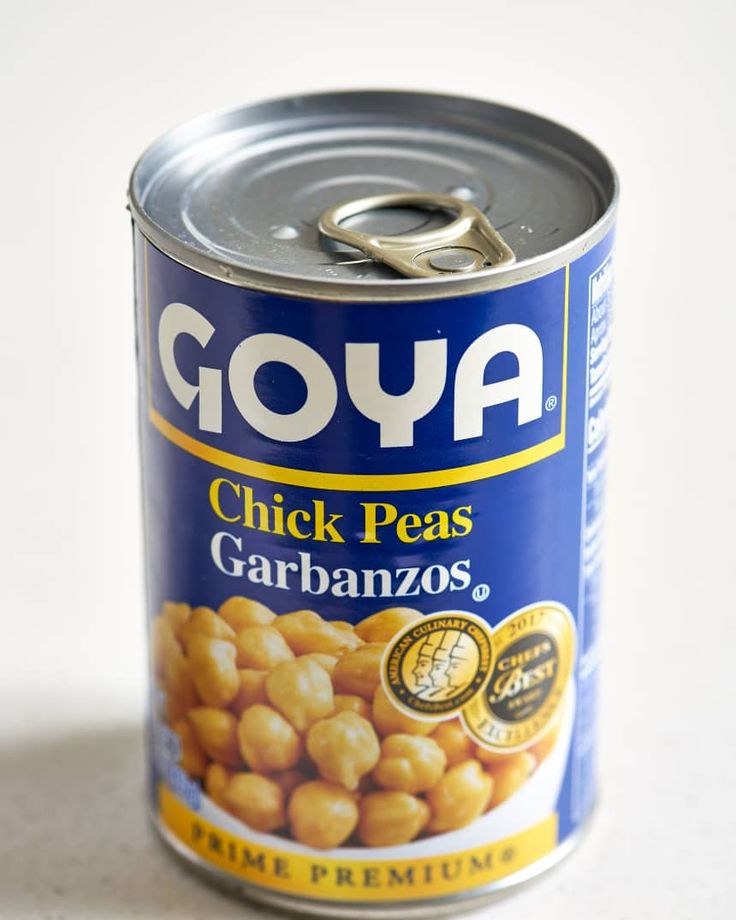
Up to 1 year, green peas can only be boiled or baked in the oven, and then made into baby puree. After a year, you can cook soups or add 1/3 of green peas to mashed potatoes, you get an interesting color and taste.
The most common cooking method is traditional, when used in combination with vegetables or potatoes. Boiled peas are also often used in salads or with rice. A well-known option is cooking green peas with meat stewing method . Another alternative would be Pea Soup or Delicious Vegetable Puree. In Russia, you can also find pies with peas, pate, pancakes, cutlets, cereals, etc.
My favorite recipe for baby puree is to mix peas and other vegetables in a 1:3 ratio, about 1/3 of a pea. And add the fried onions before beating until smooth. It turns out tasty and satisfying.
Freezing peas
Peas are ideal for freezing. It does not lose taste, texture and smell. What more could you ask for? It can be frozen as green peas or boiled as a soup dressing.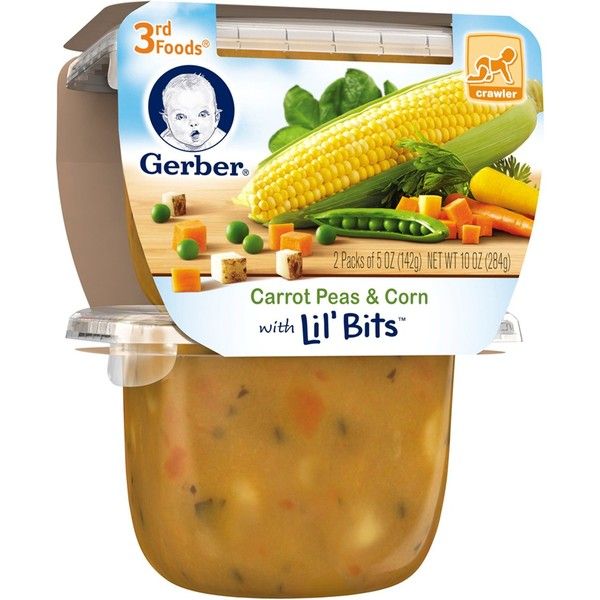 I already wrote about pea soup with bacon, how I freeze it in the form of a soup base.
I already wrote about pea soup with bacon, how I freeze it in the form of a soup base.
Children's green peas are easy to freeze. In season, green sweet peas are bought, which get rid of the pod, and the peas are washed, dried, and then frozen in special bags. About 600 grams of green peas are enough for me for the winter. I cook soups with it, I make Olivier. Honestly, I stopped buying canned peas. Boiled and put in a salad, more benefits. You can store frozen peas for about 6-12 months. Moreover, it behaves perfectly, ice rarely forms on it, especially if it is frozen correctly.
Someone likes to blanch peas for 1-2 minutes, the shelf life is longer, but I don’t have it for more than 6-8 months.
In general, I recommend frozen over canned peas and acknowledge the benefits of fresh over frozen. Therefore, it is possible to buy fresh green peas, then we buy it, there is no way, we take frozen.
Why is it better to freeze it yourself in summer? But because the stores already sell old green peas. It is not as tender, it is suitable for soups, but not for baby food or salad. Therefore, in the summer I myself choose green peas, I am engaged in separation and freezing.
It is not as tender, it is suitable for soups, but not for baby food or salad. Therefore, in the summer I myself choose green peas, I am engaged in separation and freezing.
How to prepare green peas for children?
canned peasRemove green peas from their pod, rinse under running water.
Steam: Put the peas in the slow cooker or steamer and cook for about 5-10 minutes, depending on the variety of peas.
Boil: Put the peas in boiling water, cook over high heat until tender, about 15-20 minutes. Depends on the youth of the peas, the younger, the less time is needed for cooking. Ready peas are tender, it is important that the shell should not burst.
Bake: Peas are baked in the oven for about 30-40 minutes, you can add a little butter for a nice taste.
After cooking the green peas, hold them under cold running water for about 3 minutes to make the puree more tender.
Preparing puree: Put the cooked boiled peas in a blender and blend until smooth. You can add liquids or breast milk. For children 10-12 months old, you can additionally pass pea puree through a plastic sieve.
You can add liquids or breast milk. For children 10-12 months old, you can additionally pass pea puree through a plastic sieve.
How to prepare ripe peas for children?
cook peasMature peas must be soaked before cooking. Ideal for the night, but can be for a couple of hours. Soaking reduces the cooking time by 20-40 minutes. Then you can simply boil in water, the cooking time is up to 2 hours, depending on the degree of splitting of peas.
But I cook all legumes differently. On my site I have already written about this method, but I will repeat.
I throw soaked peas into boiling water. I put in 2 times more water. For about 1 cup of peas, 2 cups of water. And then I cook it for 5 minutes. I usually do this in the morning or at night. To forget about peas for a few hours. After 5 minutes of simmering or boiling, I wrap the pot in something warm and forget about it. Usually about 4 hours of slow cooling is enough for the peas to reach readiness. Very convenient way, economical in terms of electricity.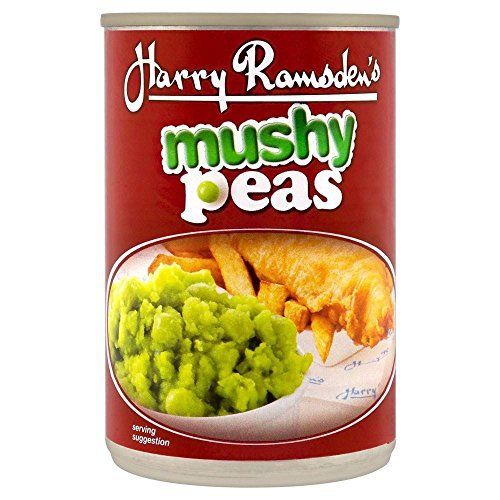
Finger food and green peas
Green pea pureeOnly green peas are suitable for finger food (simply because they are tastier and brighter). It is most often chosen by mothers for tweezing. It is ideal to take peas with your fingers and send them to your mouth. Up to 2-2.5 years, it is better to take boiled green peas of sweet varieties, after which you can take fresh ones.
In principle, many doctors are sure that after 12 months it is already difficult to choke on a small pea, but they still advise crushing them with a fork, in order to avoid various situations with suffocation. We also crush fresh peas for the first time.
It is also important to know that if a child swallows a whole pea, then its size allows you to go out naturally in a few days.
Ready-made baby food from peas
Soup from peas Mostly green peas are found in ready-made baby food, but peas can also be found in multicomponent purees. In its pure form, puree was discontinued.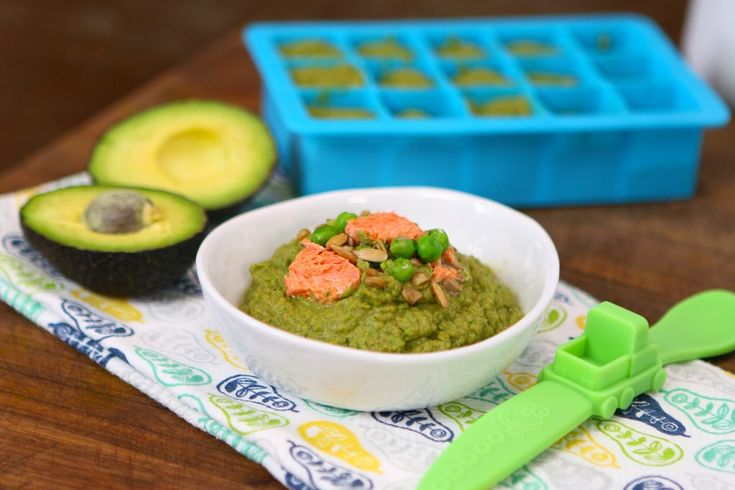 On the websites of baby food manufacturers, green peas are not presented in the line of one-component purees. Previously, he was at Grandma's Lukoshka, Hipp, Gerber.
On the websites of baby food manufacturers, green peas are not presented in the line of one-component purees. Previously, he was at Grandma's Lukoshka, Hipp, Gerber.
gerber
- Puree green peas-Brookoli-Kabachki, from 6 months, 125 grams
- Puree vegetables with pieces of beef with 12 months 190 grams
- 4 - soup with chicken, from 7 months 190 g
- Assorted vegetable puree from 7 months 125 g
- Vegetable puree-noodles-chicken from 1 year 220 g (peas)
hipp
Sempler
- from 12 months 190 gram
- Puree vegetables with beef meatballs, from 9 months 190 gram
- Sauteed vegetables with sea bass from 12 months 190 gram
- Puree potato-vegetable-chicken ragout from 12 months 190 gram
Foods that go well with peas:
green pea soup- carrots,
- cauliflower,
- potatoes,
On our site Encyclopedia Baby Food there is useful information on the nutrition of your children, which is useful for everyone, and we update the site "Encyclopedia Baby Food" constantly and try to search and write only excellent, verified and necessary information for you and your children.

Disclaimer No. 1: It must be understood that the author of the articles on the Baby Food Encyclopedia website is not a medical staff, “I am not a doctor.” The information I share is based on my own experience. My goal is not to teach you how to eat or feed your child, but to talk about how we did it, what new things I learned or read. This expands the picture of Baby Food knowledge, gives you a glimpse of the whole process so you can decide if you like it or not.
Disclaimer No. 2 : However, the above does not cancel visiting a pediatrician. Before you start complementary foods, you need to get his professional opinion on the best way to introduce new foods for your baby. I also draw your attention to the fact that you need to look at the original date of the published articles, because some of the "best practices" may have changed. Always check with your child's pediatrician about complementary foods and their health.
Disclaimer #3: Keep in mind that every family is unique, every situation is also completely unique.
 There are no universal solutions. Only you can find what works best for you. Certain goals require certain sacrifices and priorities - not everyone wants to make those choices, and that's GREAT! Just know what you want to achieve, and be ready to get to work, putting the best of your strength!
There are no universal solutions. Only you can find what works best for you. Certain goals require certain sacrifices and priorities - not everyone wants to make those choices, and that's GREAT! Just know what you want to achieve, and be ready to get to work, putting the best of your strength! Disclaimer No. 4: On the Encyclopedia Baby Food website, photos from books on baby food with attribution are used for a more complete understanding of the information (Article 1274, Clause 1, Part Four of the Civil Code of the Russian Federation). Literature on baby food is found in the public domain on the Internet.
Apricot puree with chicken
Banan-global puree
Banana puree
borsch
Bousse broth with peas and rice
Boturbrod with kohlrabi
Rapid dessert
sin. Buckwheat porridge with apricots
Buckwheat porridge with banana
Buckwheat pilaf
Children's sausage
Children's milk porridge with banana
Children's vinaigrette
Children's ketchup
Children's cucumber salad
Children's salad Olivier
Children's porridge biscuits
Children's puree of strawberries, bananas, yellow cherries, yoghurt and biscuits with cereals
Children's puree with cottage cheese and fruits
Homemade yeast bread with flax flour
Homemade cheese
Homemade pizza
2 Breakfast outside Kohlrabi appetizer
Roasted cauliflower
Roasted carrots
Roasted carrots and cherries with millet
Winter salad with Jerusalem artichoke
Cabbage with white beans
Cabbage salad like in a canteen
Mashed potatoes
Quinoa and pumpkin porridge
Quinoa porridge
Breakfast cereals
Quinoa and apple
Strawberry puree
Strawberry puree with banana
Strawberry compote
Wild apple and raspberry compote
Thermo-steamed dried fruit compote for children 8 months
Corn porridge
Corn porridge with pear
Corn porridge with pumpkin
Corn porridge with pumpkin and carrots
Corn porridge with apple and carrots
Chicken liver in the oven
Chicken cutlets with carrots
Chicken with carrots, sweet peppers and potatoes
Navy pasta
Macaroni with orange sauce
Muffins with vegetables and egg
Baby potatoes in their skins
Vermicelli milk soup
Carrot-potato puree3 Carrots 9042
Carrots with chicken
Fly agaric from eggs and tomatoes
Meat envelopes
Homemade Tarragon drink for children
Cauliflower and carrot vegetable puree
Vegetable soup with maize semolina
Vegetable soup with cheese and corn semolina
Vegetable soup with spinach
Vegetable puree soup with bell pepper
Oatmeal porridge
Pollack fritters
Hot kefir fritters
Omelet in a bag
Omelet with broccoli and cauliflower cheese
Omelette pancake
Peach puree
Baked apples 7 months +
Zucchini and carrot pie
Zucchini pie
Rice and zucchini pie
Fish pie
Fish and potato pie
White cabbage pizza
Lavash pizza
Zucchini, tomato and sausage pizza
Tomato and olive pizza
Spinach pizza
Rabbit pilaf
Chicken pilaf with green peas and corn
Banana and sweet cherry puree
, cottage cheese and cereals 4 cereals
Broccoli (cauliflower) puree
Broccoli, courgette and cauliflower puree
Blueberry puree
Pear puree
Pear and banana puree
Pear and banana puree, baked
Pear and pumpkin puree 7 months +
Pear, pumpkin and peach puree
Pear, apple, plum and prunes puree
Blackberry puree
Turkey puree
Zucchini puree
Zucchini and broccoli puree 904 carrot and potato puree
Quinoa and banana puree
Quinoa and carrot puree
Quinoa, banana and carrot puree
Quinoa, courgette and carrot puree
Quinoa, peach and raspberry puree
Quinoa, cauliflower, apple, pea puree and mint
Quinoa, apple, pear and raisin puree
Quinoa, apple, carrot puree
Rabbit, broccoli and cauliflower puree
Chicken, carrot, potato, apple and pea puree
Raspberry, cherry and banana puree
carrots
Carrot and apple puree
Carrot, potato, broccoli puree with cheese
Carrot, potato, apple and quinoa puree
Carrot, pumpkin, apple and prunes puree
Carrot, apple and potato puree
Turnip and carrots
Plum puree
Cottage cheese, strawberry and banana puree
Pumpkin puree
Pumpkin and banana puree
Pumpkin and squash puree
Pumpkin and apple puree
Pumpkin, apple and banana puree
Cauliflower and broccoli puree
Cauliflower and broccoli puree and potatoes
Cauliflower and rice puree
Cauliflower and apple puree
Cauliflower, green peas and squash puree
Cauliflower, turkey and potato puree
Cauliflower, potato and squash puree
Cauliflower, Carrot and Broccoli Puree
Cauliflower, Carrot, Cheese and Rice Puree
Cauliflower, Apple and Squash Puree
Zucchini Puree
Zucchini and Potato Puree
Zucchini, Carrot and Apple Puree 90 cherries
Blueberry puree
Prune puree
Apple, pumpkin, carrot and some curry puree
Apple and pear puree
Apple and strawberry puree
Apple, strawberry and cherry puree
Apple, peach and banana puree
Carrot and pumpkin puree
Cottage cheese and banana puree
Turkey, potato and carrot stew
Zucchini, carrot and broccoli stew
Fish, potato, carrot and broccoli stew
Rice porridge
Whole grain rice porridge
carrot
Rice porridge with pumpkin
Rice porridge with apples
Rice porridge with apple and pear
Rice porridge with apple and pumpkin
Fish cakes with vegetables
Semi-cooked fish
Fish meatballs with ketchup
Baby Fish Soup
Salmon and Celery Fish Soup
Carrot and Kohlrabi Salad
Chickpea Salad
Chickpea and Cabbage Salad
The Laziest Soup
Creamy Kohlrabi Soup
Oatmeal Smoothie3 Sauce Cheesy Pizza
Pea and Bacon Soup
Baked Vegetable Soup
Kohlrabi Soup
Salmon Soup
Cauliflower Soup
Turnip Potato Soup
Meatball Soup for the Picky Eater
Green apple kohlrabi soup
Rabbit, pumpkin, potato, broccoli and cauliflower soup
Beetroot soup
Pumpkin mushroom soup
Broccoli and celery soup
Soup/stew Pork with Potatoes and Carrots
Cheburek Chebureks
Pumpkin Cheese Sauce (Annabelle Carmel Recipe)
Buzz Lightyear Sandwich
Pumpkin Apple Puree
Pumpkin Apple Juice
Pumpkin Cake
Pumpkin Soup 9 Puree
Fruit Salad3 Bread Lavash
90,000 Green and canned peas 9000 0, 15020, 15.
Colored cabbage with cheese
Lipa tea and thyme
Experimental soup-puree with vermicelli and lentil
Apple puree
Apple juice
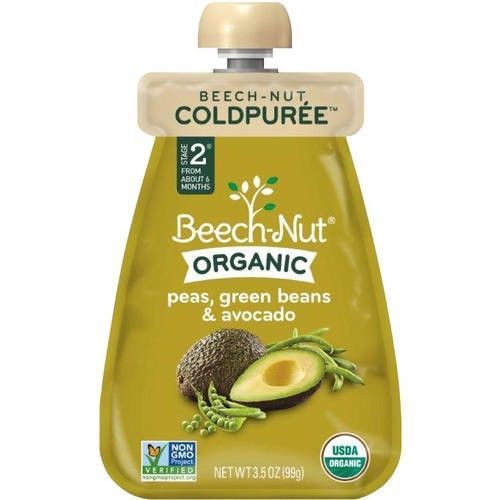 030 15.030 15.030.030.030 Elena Volodina
030 15.030 15.030.030.030 Elena Volodina Reading time: 4 minutes
Green peas are a source of vitamins, micro and macro elements, as well as other useful substances necessary for a child's body. Legumes contain a large amount of vegetable proteins, which is very useful for maintaining normal intestinal microflora and the full functioning of the digestive system. That is why many mothers have a question, at what age can you start giving peas to a child and how best to introduce it into a children's diet.
1 When can you give peas to your child
1.1 Benefits of peas for children
1.2 When and how can you give peas to your child
1.3 How to prepare peas for children's menu
1.3.1 Pea soup for children 903.302
5 canned peas
1.3.2.1 , iron, cobalt and other minerals, amino acids, polyunsaturated fatty acids, vegetable protein and fiber.
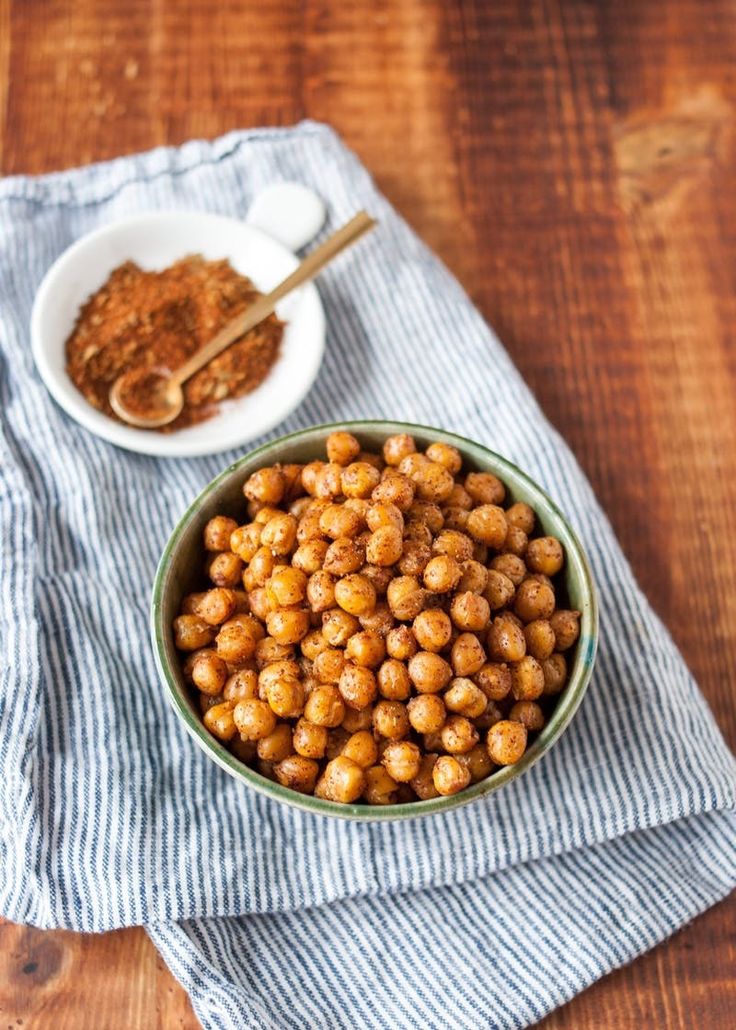
Useful properties of peas for children:
- normalizes the functioning of the gastrointestinal tract, effectively fights constipation;
- accelerates the removal of toxins, metal salts and other harmful substances from the body;
- increases the level of hemoglobin in the blood, preventing the development of anemia;
- improves the functioning of the nervous system and brain;
- stimulates metabolism;
- strengthens the cardiovascular system;
- ensures the full formation of skeletal elements and muscle tissues;
- increases the body's immune forces.
Answering at what age green peas can be given to a child, pediatricians recommend that you take into account the possible harm and contraindications of this product.
Introducing vegetables into baby foods too early can cause flatulence and bloating. Many babies have problems with stool after eating peas.
Legumes have several contraindications.
 They are not allowed to be introduced into complementary foods with gastritis, colitis, stomach or duodenal ulcers, a tendency to frequent constipation or diarrhea.
They are not allowed to be introduced into complementary foods with gastritis, colitis, stomach or duodenal ulcers, a tendency to frequent constipation or diarrhea. When and how can peas be given to a child?
Basic rules for introducing peas into baby food:
- For the first time, the child should be given pea puree or pureed cream soups.
- For baby food, from 7 months it is allowed to give ready-made canned purees, which must correspond to the age of the baby.
- For "acquaintance" the baby is given the minimum amount of food - no more than half a teaspoon. If the child tolerates the new product well, gradually the portion can be increased to 2-3 tablespoons.
- For the first portion, the baby is given only pure, one-component puree, without any additives.
- It is recommended to feed your baby with peas no more than 1-2 times a week.
- Before reaching the age of two, peas are given to babies only in boiled form.
- A mature vegetable can only be added to baby food after 2 years of age.
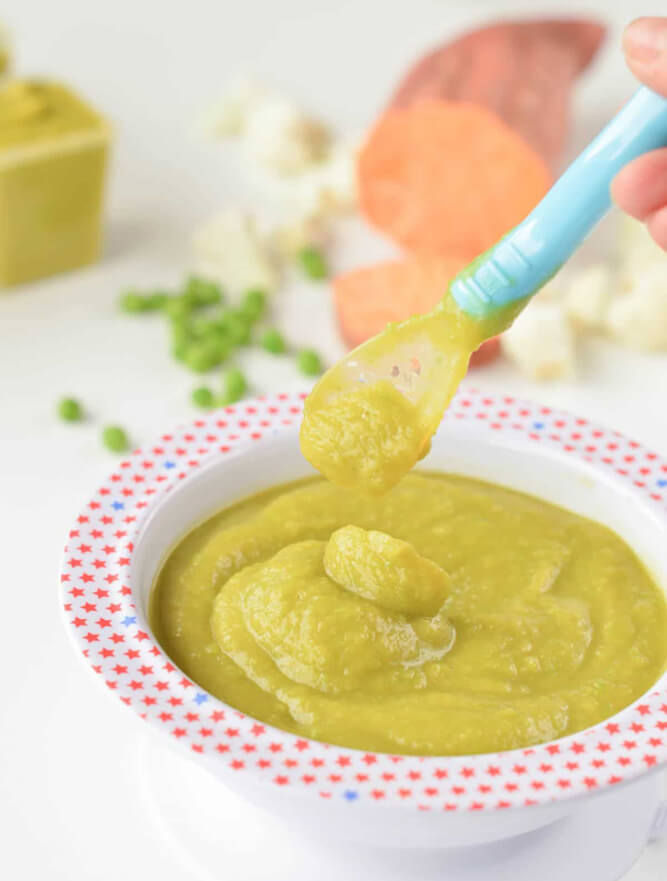
- The use of dry peas as part of various dishes is allowed only after 3 years.
When can I introduce legumes (lentils, soybeans, peas, etc.) into my child's diet? Advice for Parents
Watch this video on YouTubeMany mothers are wondering at what age can children be given canned peas, because they are part of many delicious salads, side dishes and other dishes. Babies over 3 years old can use canned peas no more than once a week, 1 spoonful.
Ways to prepare peas for the children's menu
You can feed your baby with various green pea dishes. Before cooking, it must be boiled.
- wash peas under running water;
- soak the product with a little water and leave for 8-10 minutes;
- after that, the peas should be boiled until softened over low heat.
Dry peas are boiled after pre-soaking in cool water for 3-4 hours. After that, the product must be boiled in a large amount of water, after cooking, salt and grind to a puree state using a blender.

For children over two years of age, you can include more complex and multi-component dishes in the menu, which include green peas. These are various salads, casseroles with butter, stews. It is used as a side dish for meat, fish and other vegetable dishes.
Children's Pea Soup
Various recipes for green pea soup are used for the children's menu. This is a delicious, nutritious and healthy first course that kids will love.
Boil the soup for 13-15 minutes, then add young green peas and finely chopped fresh herbs, salt. After 8-10 minutes the dish is ready. Leave it under the lid for 10-15 minutes, after which you can feed the baby.
If desired, the soup can be prepared with vegetable broth. Pediatricians do not recommend using recipes for children's diets that include fatty meats or smoked meats.
Frozen and canned peas
Frozen green peas can be used for cooking. Freezing preserves many vitamins and other useful substances. Frozen peas are stored in pods and used throughout the year as needed.
